Do you want to see some classic turn of the century architecture, well look no further.
Last night we stopped outside the town of Subotica, close to the Hungarian border. We were ‘blessed’ with a fine sunset.
We knew from our guide that there were some art nouveau buildings here, but we didn’t appreciate the treat that was ahead of us.
We stopped just outside the town centre opposite this fine church, it was however a bit worse for wear. Two towers were obviously not each others friends and were gradually moving away from one another.
The disagreement was literally ripping them apart, large cracks all down the centre of the facade.
I wonder whether it is still structurally safe?
Our next stop, the library
OK they could do with a bit of TLC. But are still rather handsome.
We then eventually find the tourist information office. Now they are really proud, quite rightly, of there Art Nouveau past, and passed on a rather nice pamphlet which not only described the towns buildings, but also those in a nearby village and a further town in Hungary. So buckle up for some seriously decorative building festooned with also sorts of natural iconography.
We always love an avenue of trees, whether it be in the countryside or the town. The quality of light through the leaves is invariably stunning. It seems to work best with small leafed trees for some reason.
Maybe the smaller leaves are more transparent!
Next stop brings us to the synagogue. Now this won second prize in an architectural competitions, we will show you the first prize later.
So Art Nouveau came about after the publication of Charles Darwin’s ‘On the origin of Species’ in 1859, which caused a renewed interest in the natural world.
This fascination was adopted by architects who then applied ‘natural motifs’ across their buildings.
In its most blunt form this meant stone carvings of flowers in vaguely geometric patterns being applied to friezes and columns around the building, not dissimilar from Greek or Roman architecture, where sculptural form has often played an important decorative roll.
But occasionally it led to new ways of using materials and developed innovative craftsmanship.
Notice also the elegance of the stair treads that seem to almost float, delicately hanging in air.
They like their fountains around here,
the noise is so soothing,
and they really help to cool the climate.
and are a joy to watch.
The birds liked them too.
In some of the buildings you would be hard pressed to differentiate it from the neighbouring buildings except for the additional veneer and the odd curve and wavy form
But others really embraced it.
I really like the forms, the recessed balconies, the protruding galleries, the shallow arches, the light and shade. But for me, the decoration is just too much.
The craftsmanship is exceptional. The proportions of the rooms amazing, but then again the client only got to live in the building for three years before all his debts caught up with him and the bank repossessed the building. He just couldn’t afford it!
I bet, at the time, he was looked down by his neighbours for having been so crap at managing his finances and ejected by relatives for having left the family bankrupted. Today, he is venerated, though. SM.
Which is a shame, there are some lovely features in this building.
And the colour of that timber, beautiful.
But I still think a bit too fussy!
Around the back, which is now a cafe, and you really get to appreciate how he ran out of money.
No expense was spared, not even on the gate.
What is the point of spending all your money and not being able to enjoy what you have spent it on? This guys wasn’t that intelligent, really. SM.
We had expected to be heading for the border, but instead we stopped off in Palic, a spa resort just eight kilometres from Subotica.
Set around a beautiful lake.
All very charming, tranquil and well, Victorian.
The ladies lido obviously protected their modesty,
But then the Art Nouveau wasn’t that apparent, just a little bit of stencilling.
And I thought the movement rejected symmetry, just like nature, but not here.
The water tower was fun, and functional though.
So Serbia has been a short but interesting visit, and this isn’t the first time we have exited!
Will this be the country we can never leave.
So we have a smooth entry in Hungary. No issues at all.
And another unscheduled stop to see a few more Art Nouveau (AN) examples.
The town is Szeged, what a glorious name.
We park Dora across the river Tisza, walk across the bridge back towards the centre.
Straight away we realise that Hungary is a cycling nation. There are bikes everywhere, pavements, road, parks and bridges. You have to watch yourself!
And the architecture is rather grand.
This is quite a stately place, down here in the south of Hungary.
But this is the first item on our AN list. A composer who died young of TB. Apparently 500 violinists attended the funeral, must have been quite the sight. Is it AN, there are some floral motifs.
Another of the applied to the facade, wallpaper Art Nouveau,
apart from the projections and balconies.
I just don’t think there are the clients today who would allow you to spend money on such frivolity, and I am not sure whether that is sad or not!
More glorious avenues of dappled light.
This has the fuller treatment.
Much more impressive
And then, not so.
And a beautiful water tower, one of the first reinforced concrete building in this area. Shame we couldn’t get in.
They do have buildings around here that are not Art Nouveau, which is quite a relief.
Some nice mosaics,
but this one comes with a sad story.
It is actually a school, but that is not the story.
The architect, who designed many of these AN buildings, fell in love with the clients wife, and when his wife would not give him a divorce he committed suicide!
Not very professional, especially as he did the deed in his clients building, and a school at that.
This one has had so much renovation,
you only get to know it is Art Nouveau by the door,
and the amazing plasterwork beyond, which one of the occupiers kindly allowed us to see.
They are very proud of this artwork, it is meant to protect them.
As always, a lovely balustrade.
And some owls.
This was our second synagogue of the day, and the two are linked. This one was the winner of the architectural competition. Subotica took the second place design, rather than getting one designed for themselves. This one is currently under restoration, we are also a few minutes late so are unable to see the interior, which is a shame as the dome looks beautiful.
More full bloodied Nouveau buildings, but realistic not much changed with regard to building techniques, qualities of space or layouts of the building. It was fundamentality down to applied decoration.
Buildings always had balconies and projections,
they just weren’t so flamboyantly covered in natural motifs.
This is, obviously, really expensive architecture.
And I hope visitors do look skywards to appreciate the effort.
Because whether you like it or not, the effort, the detail, the craftsmanship, is astounding.
Someone’s having some fun with some bricks.
The essential sound of water, calming.
Nice tower, should be open to the the public!
This is actually the main cathedral of the town, and although works are on-going around the base of the building we can still get inside.
So what a great place to leave it, a fantastic bit of painting on the inside of a dome.
Art Nouveau fundamentality celebrates creation by nature, this celebrates the myth of gods creation, you cannot get much more diametrically opposed than that.
GDR

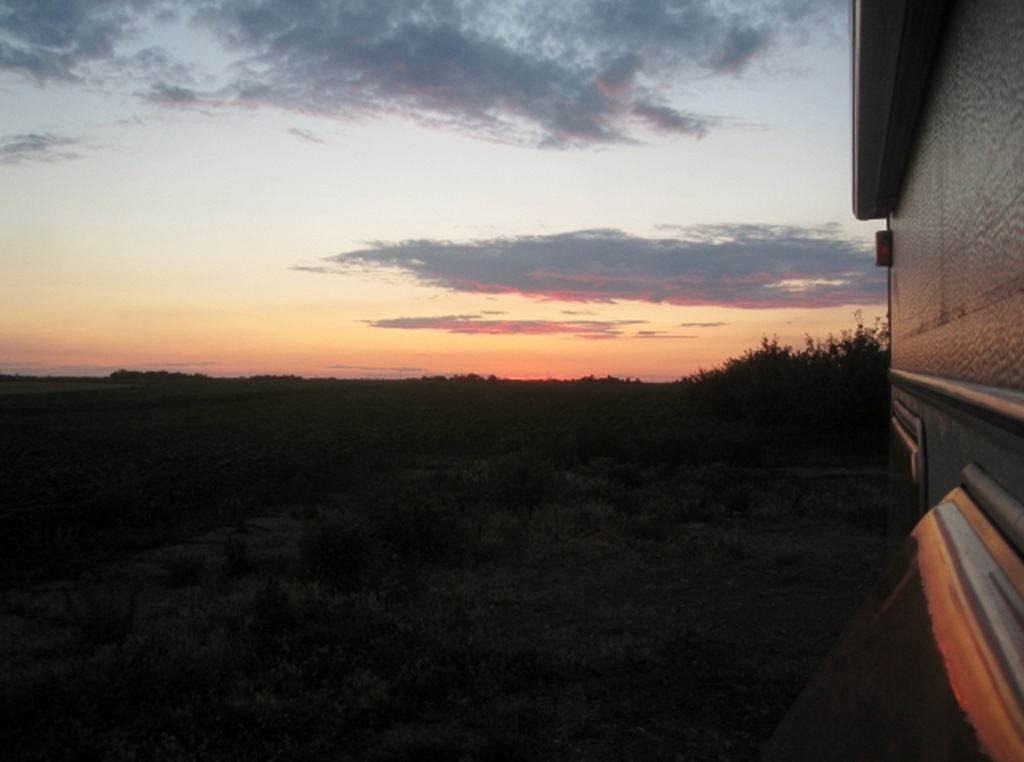
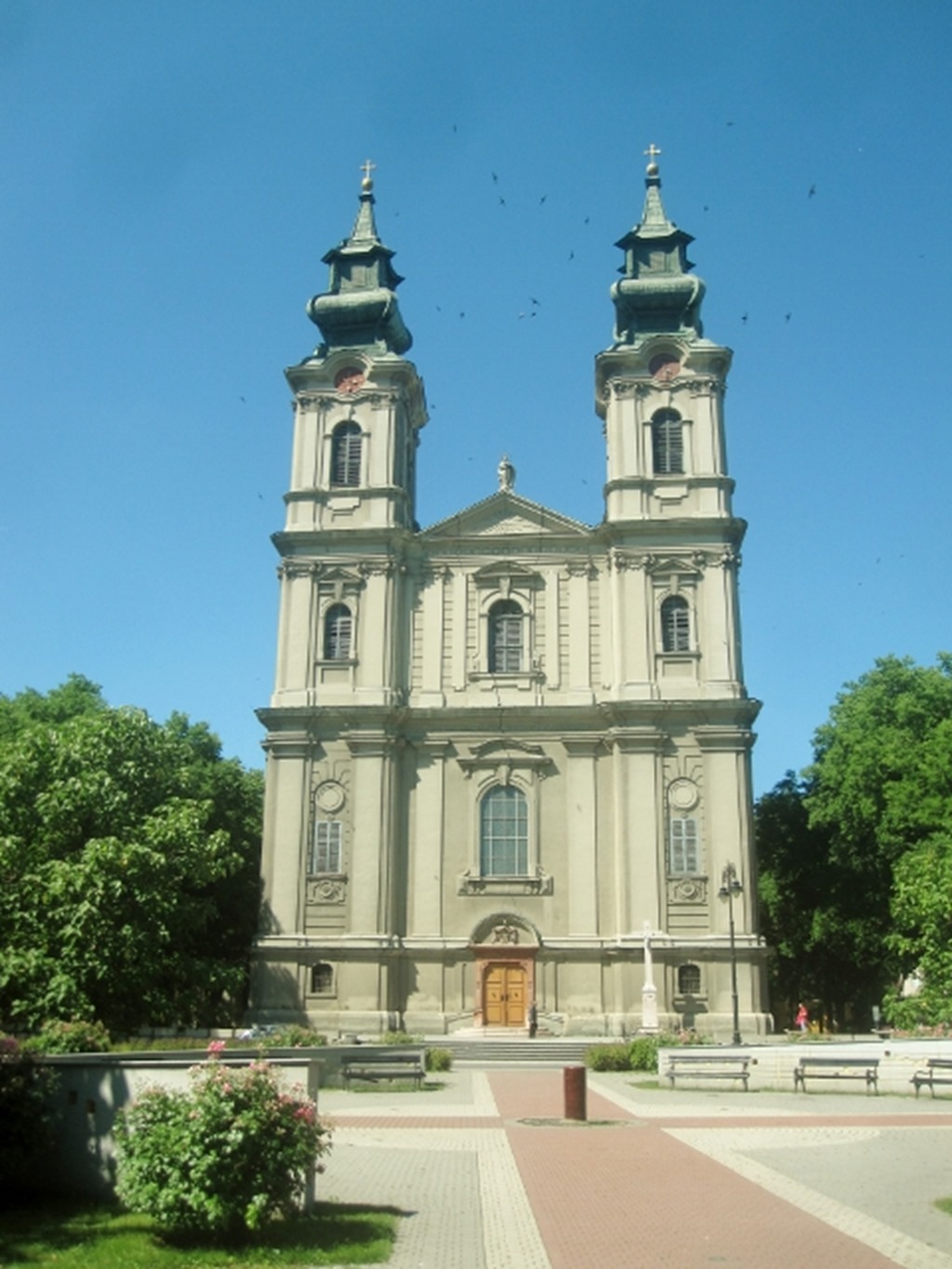
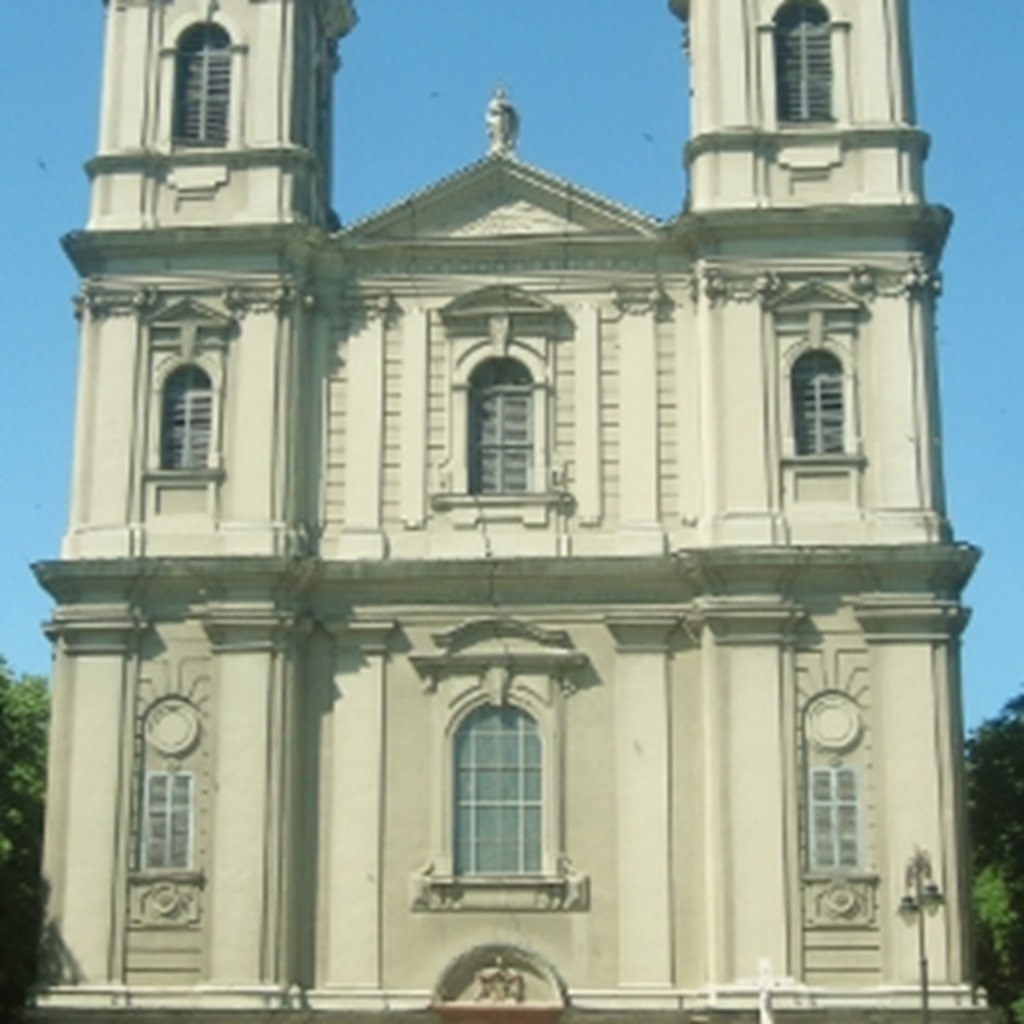
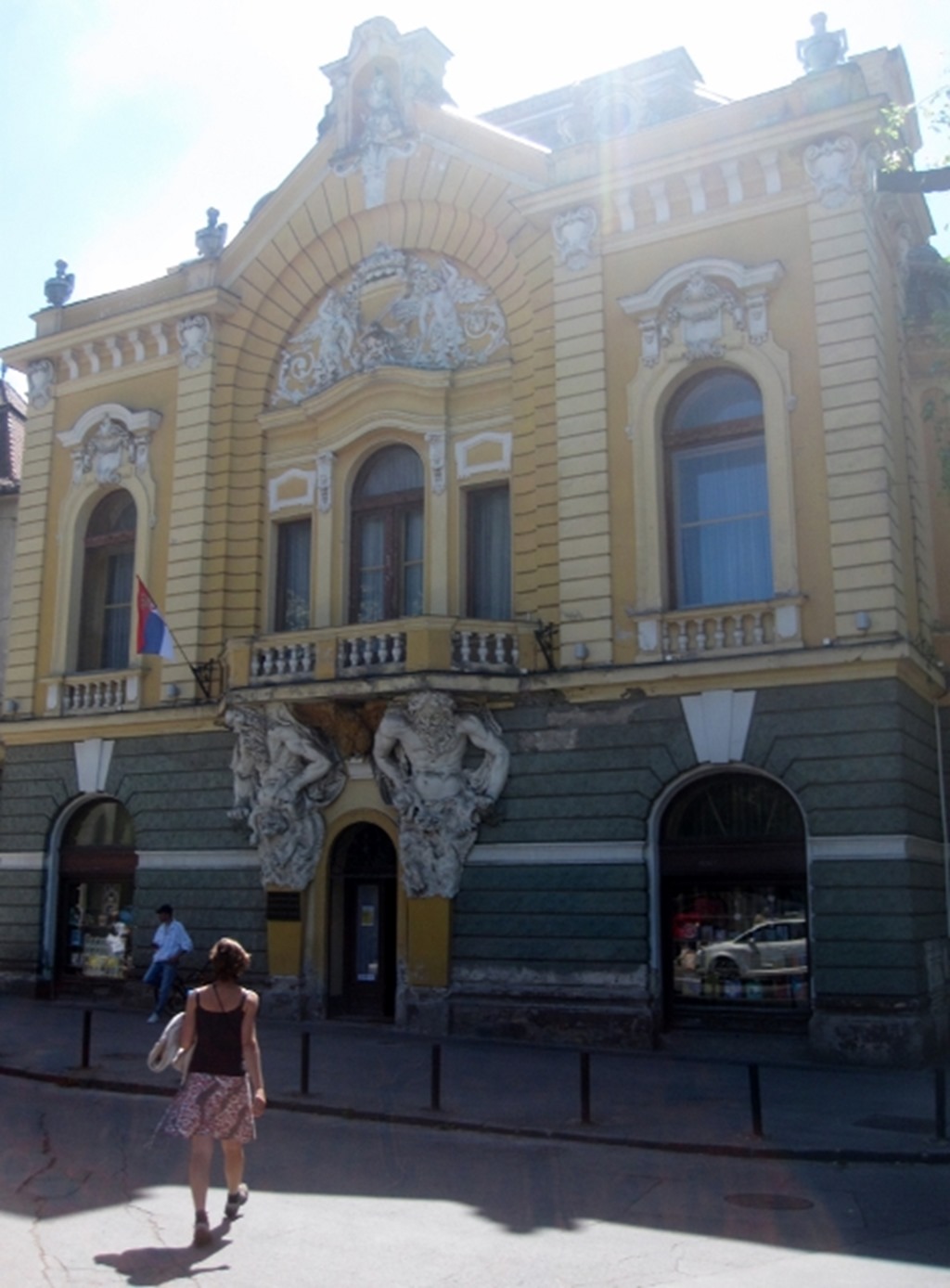
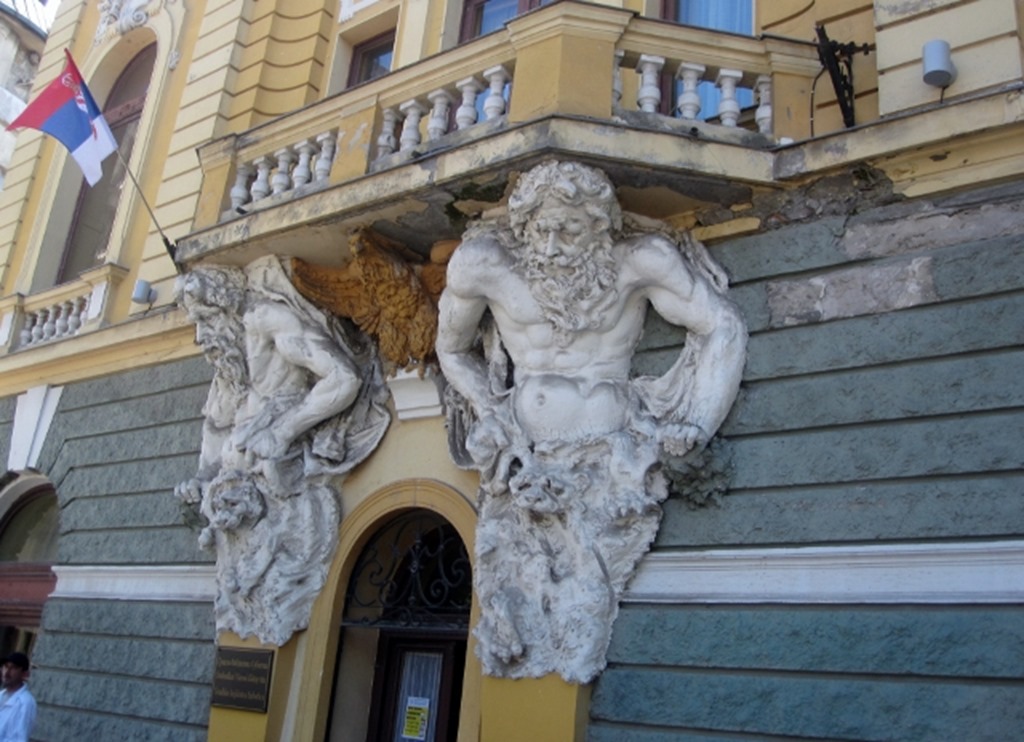
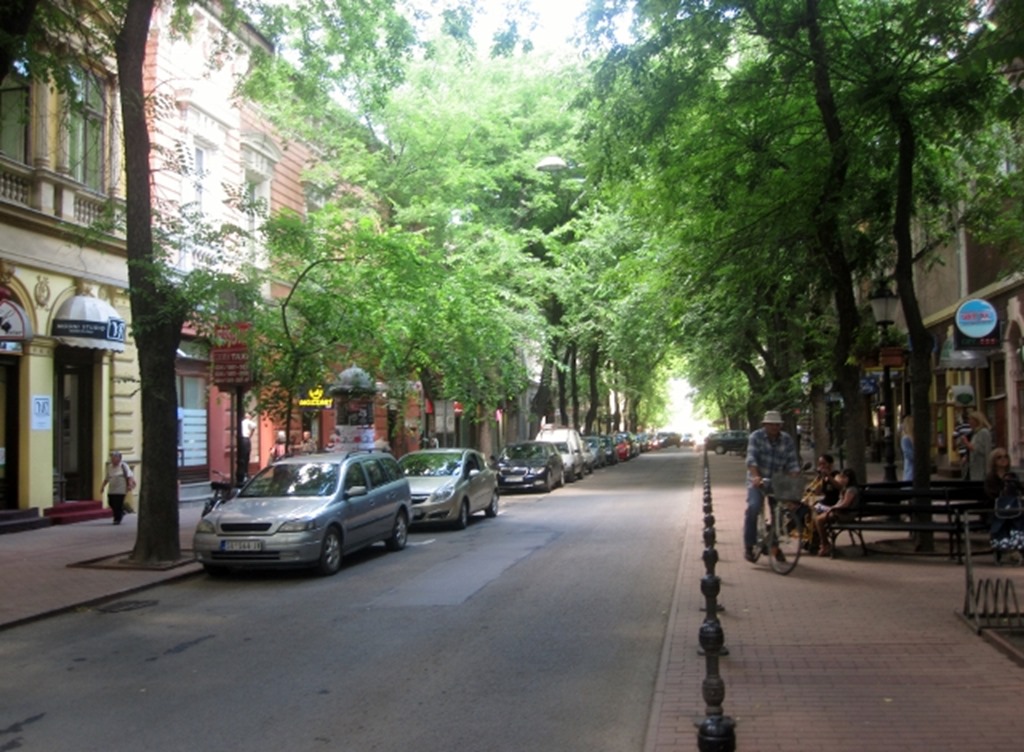
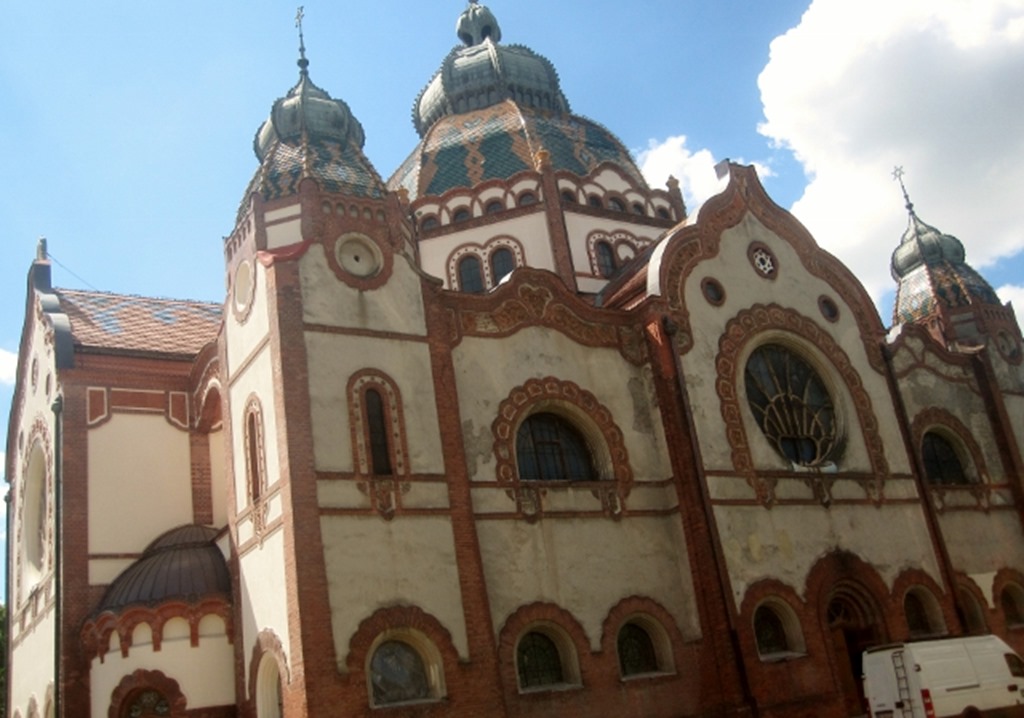
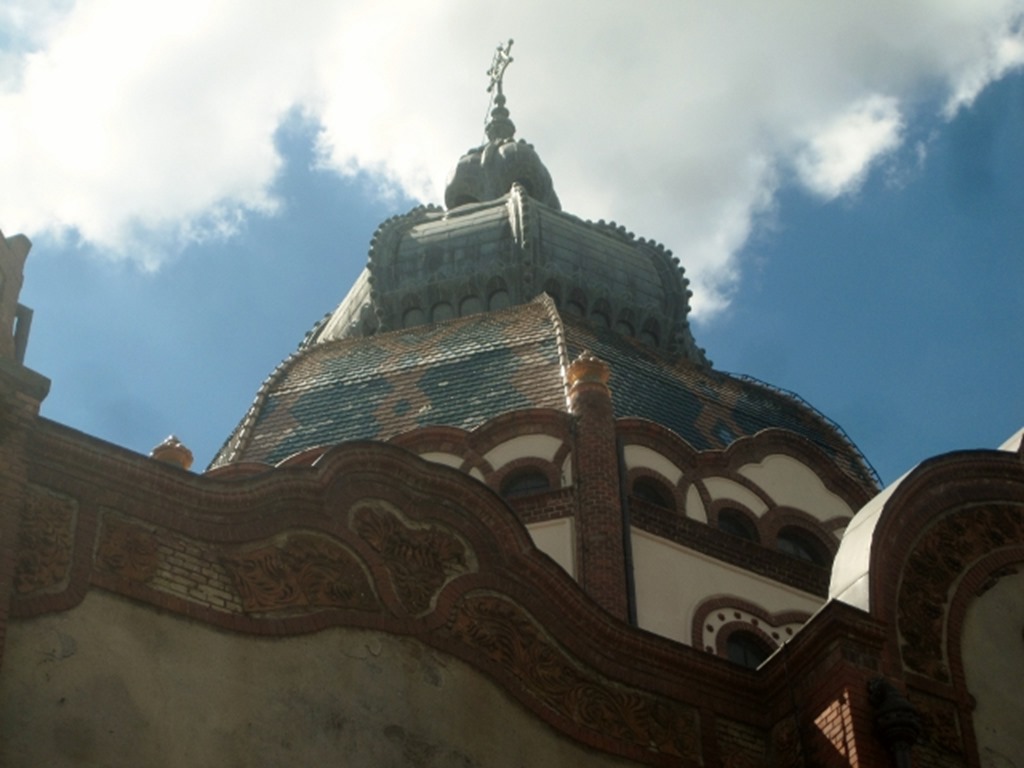
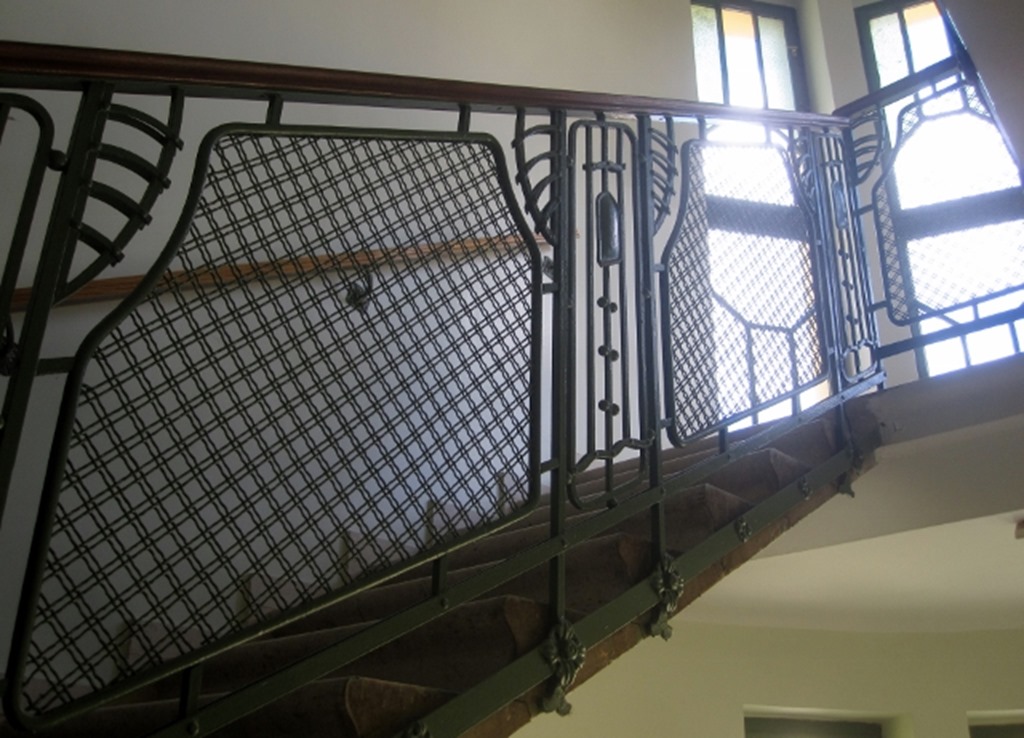
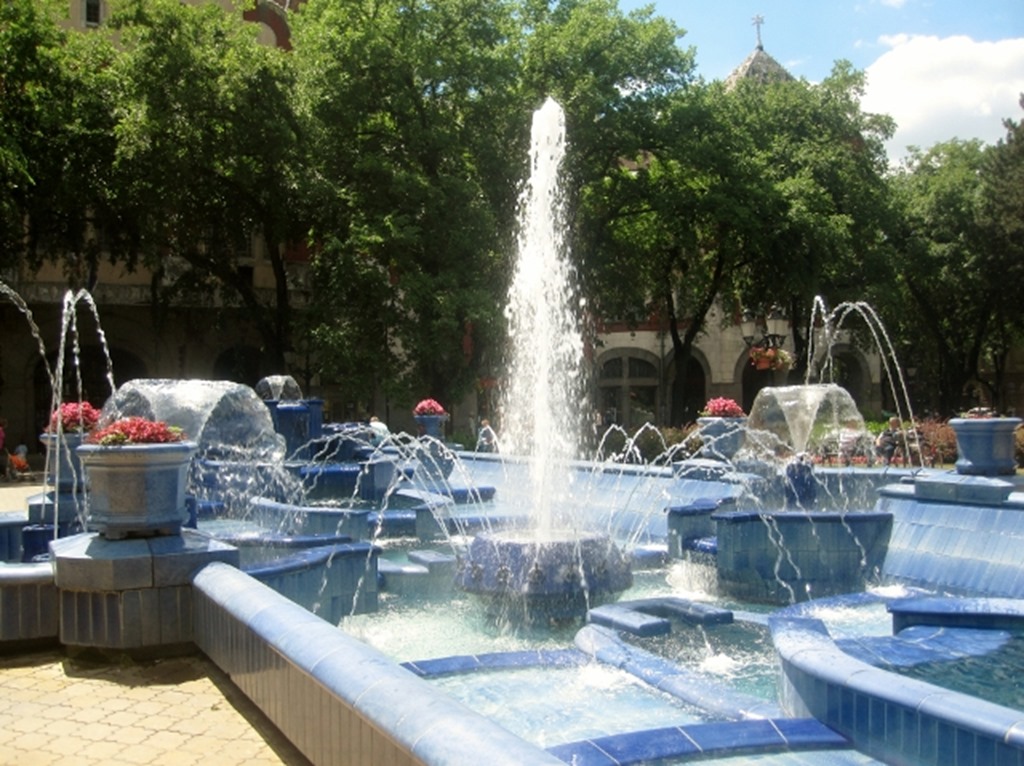
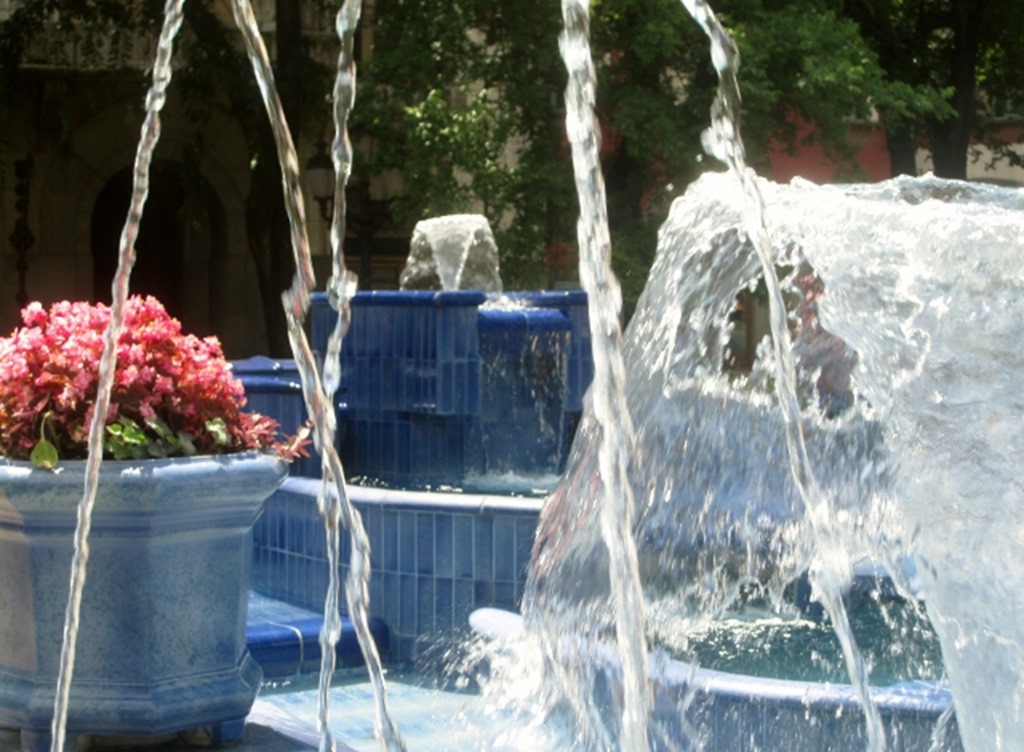

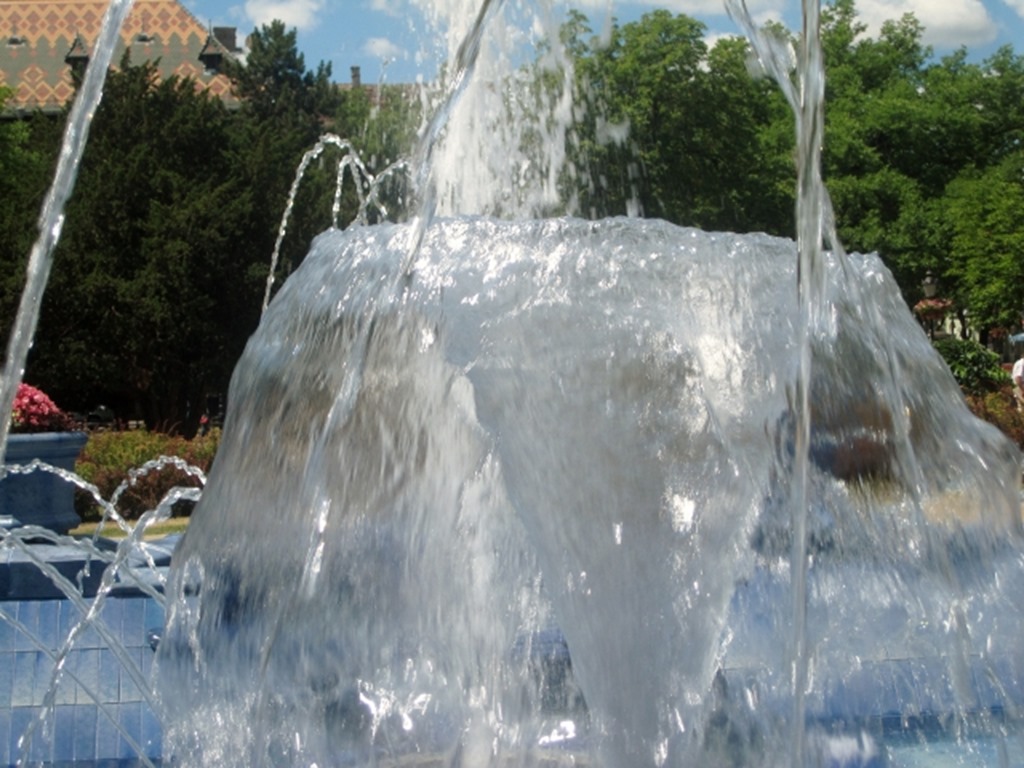
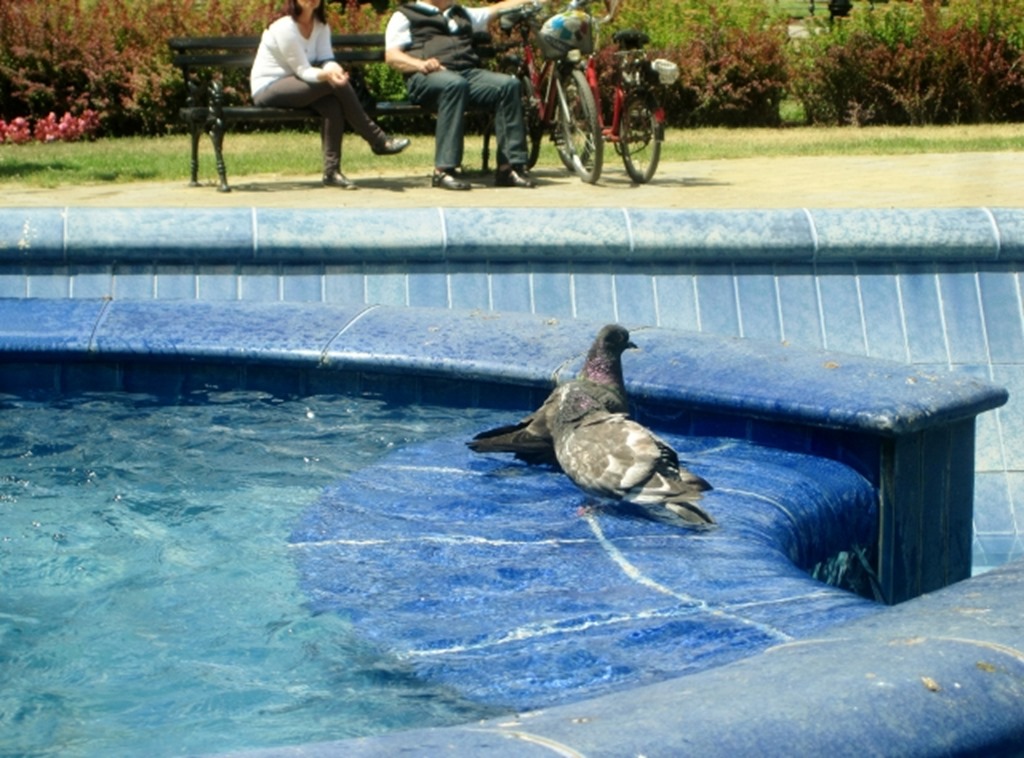
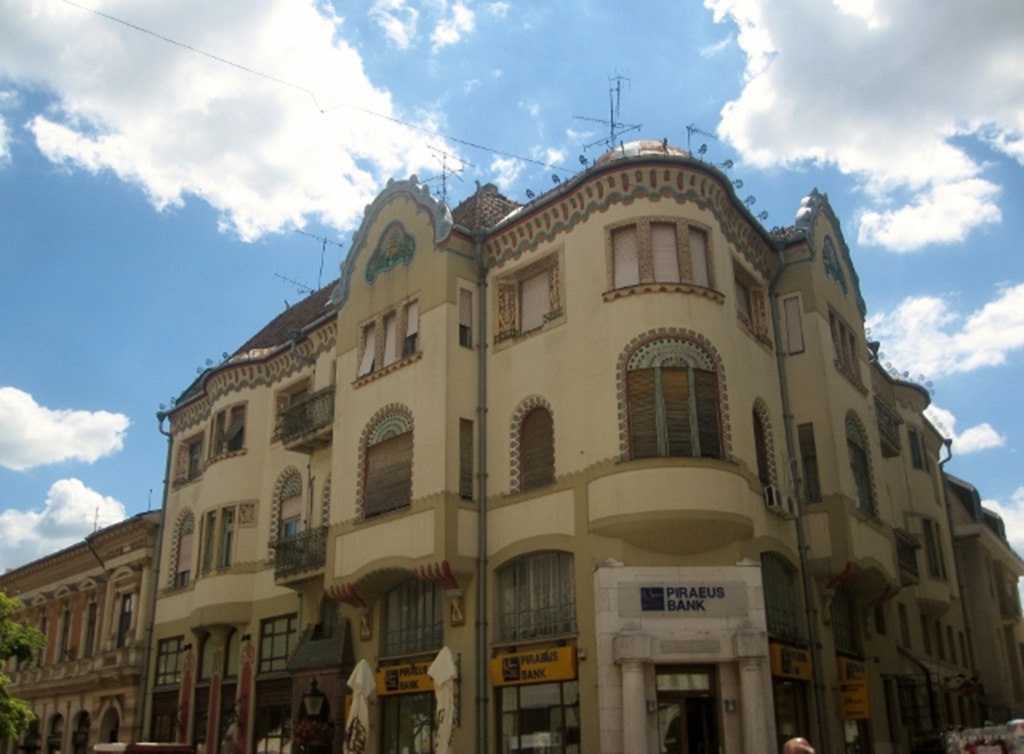
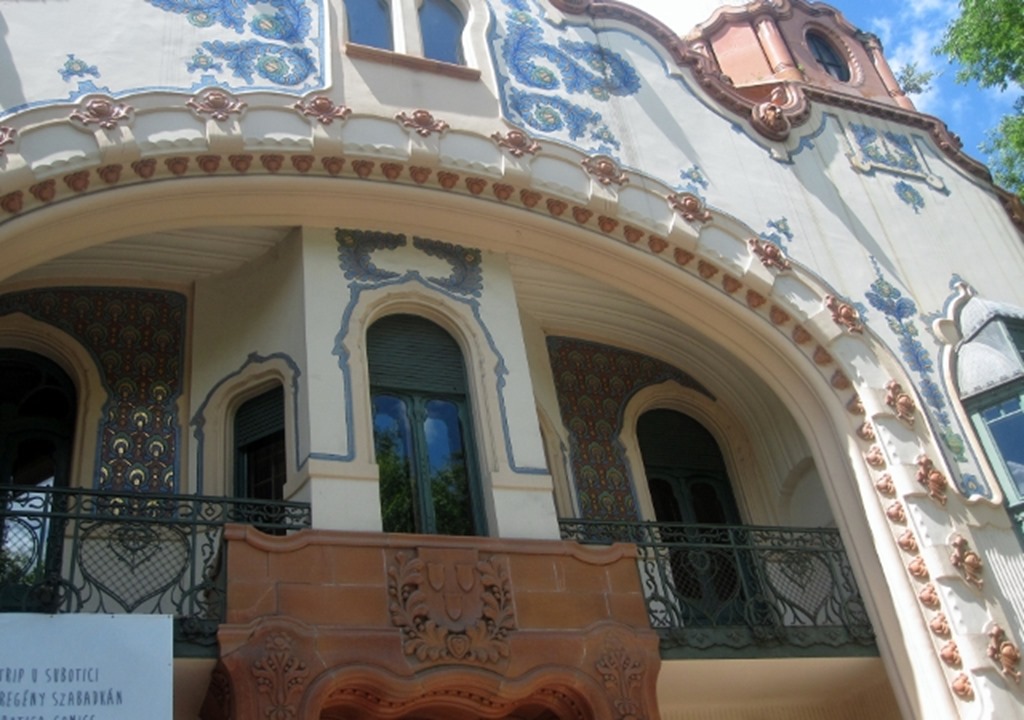
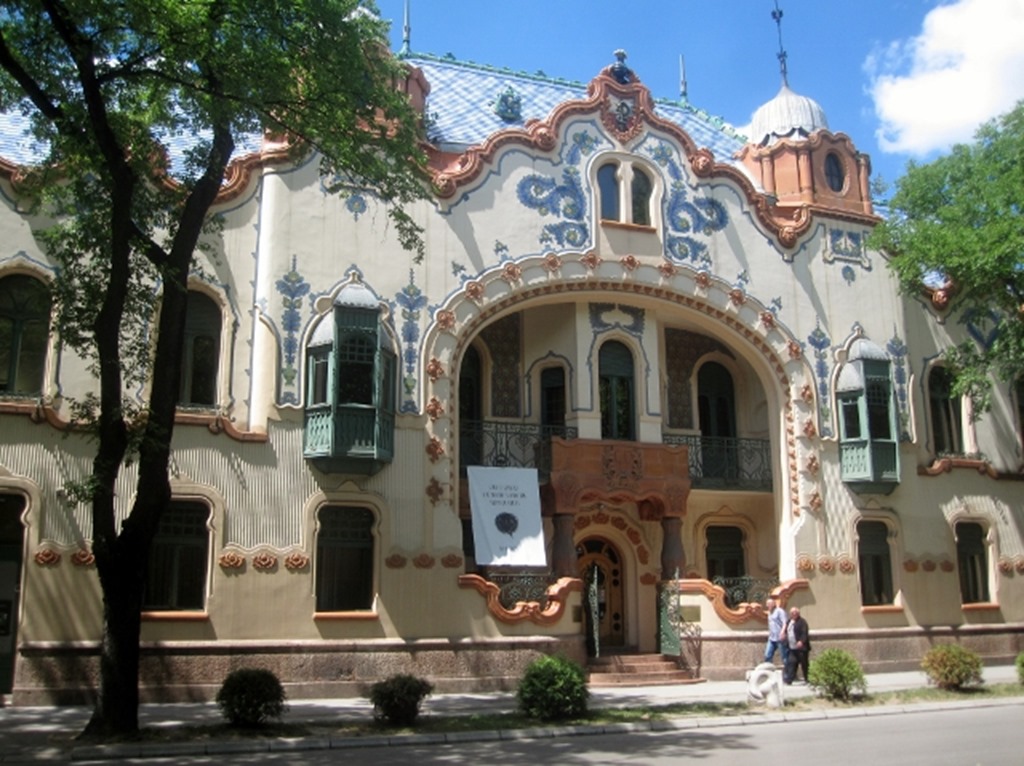
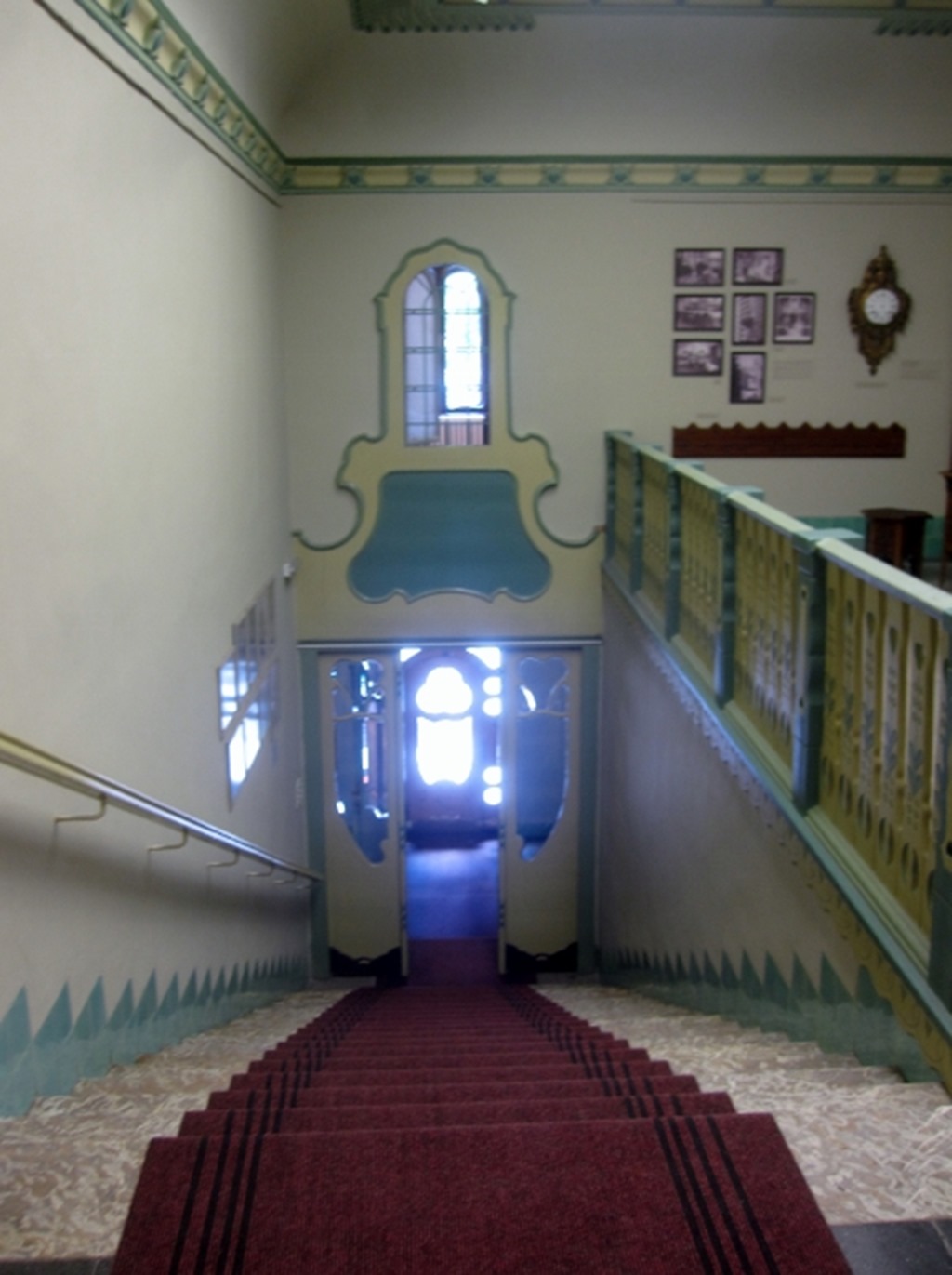
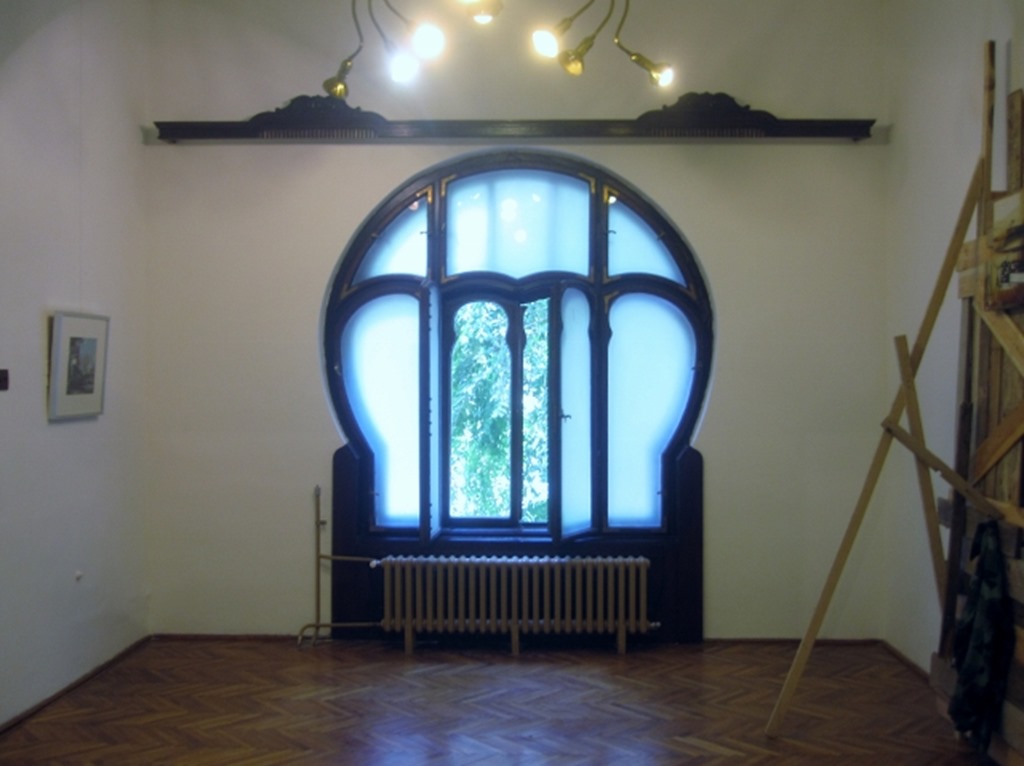
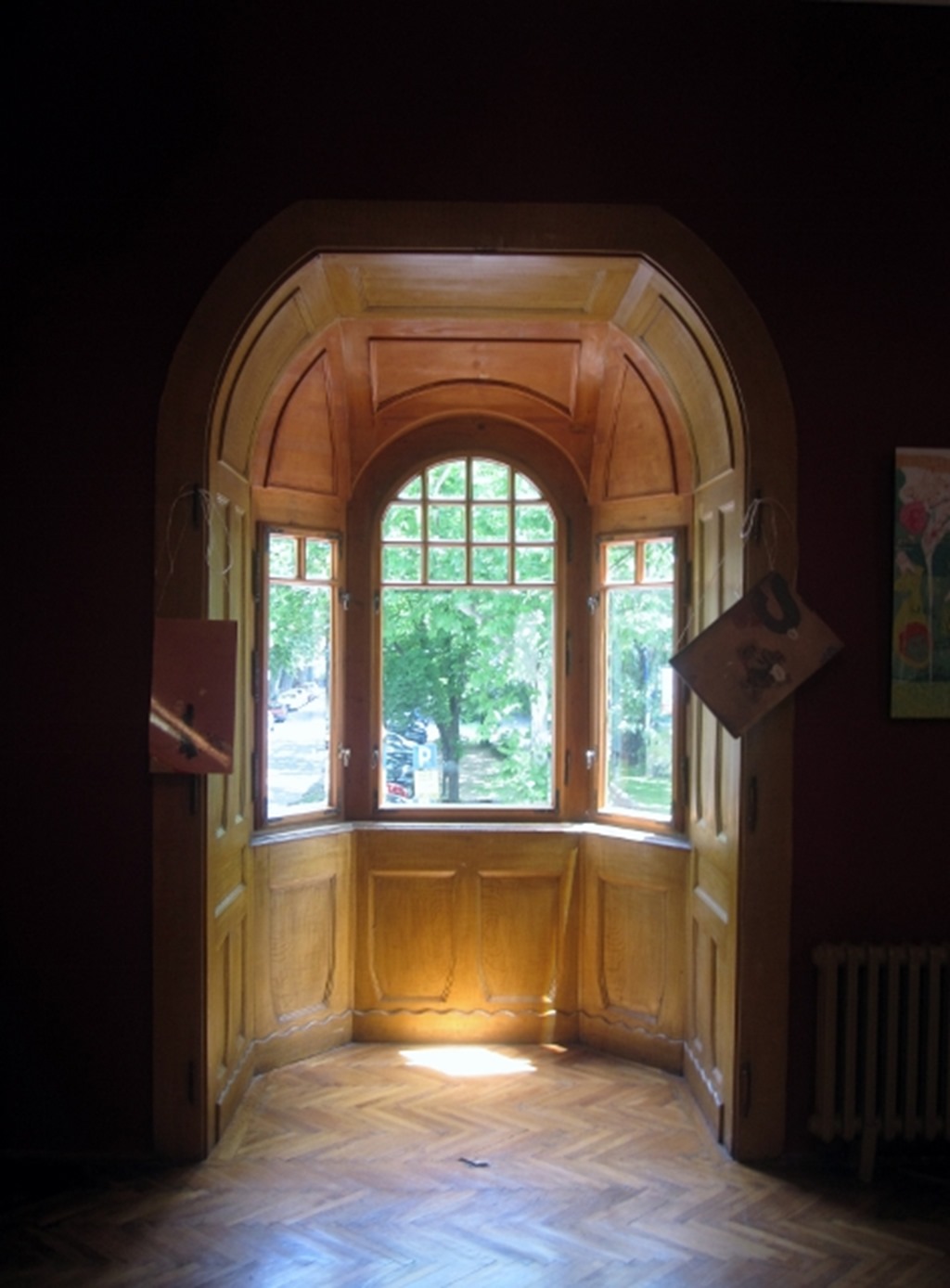
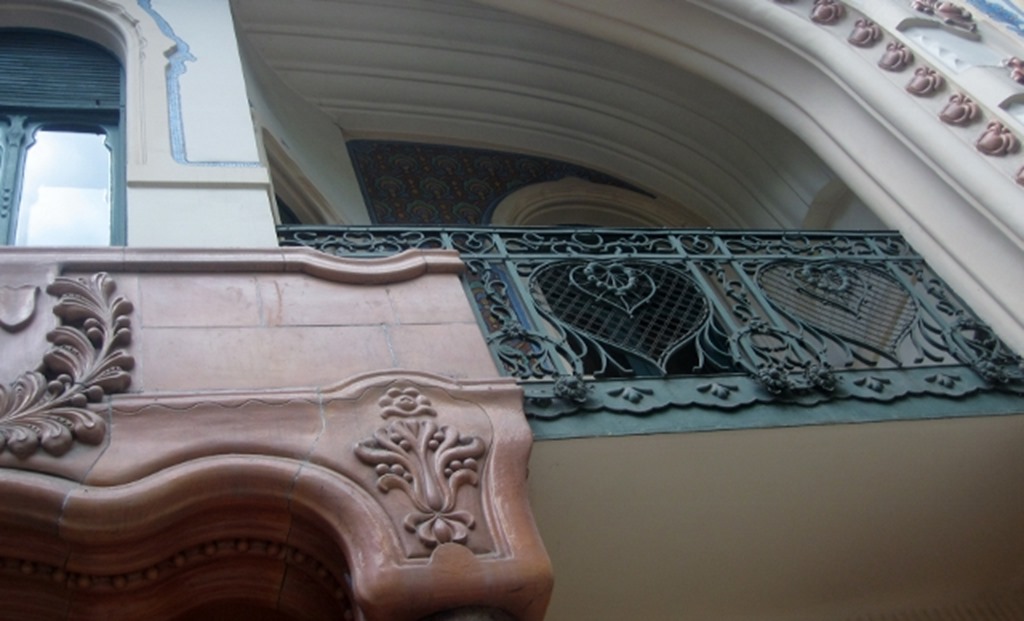
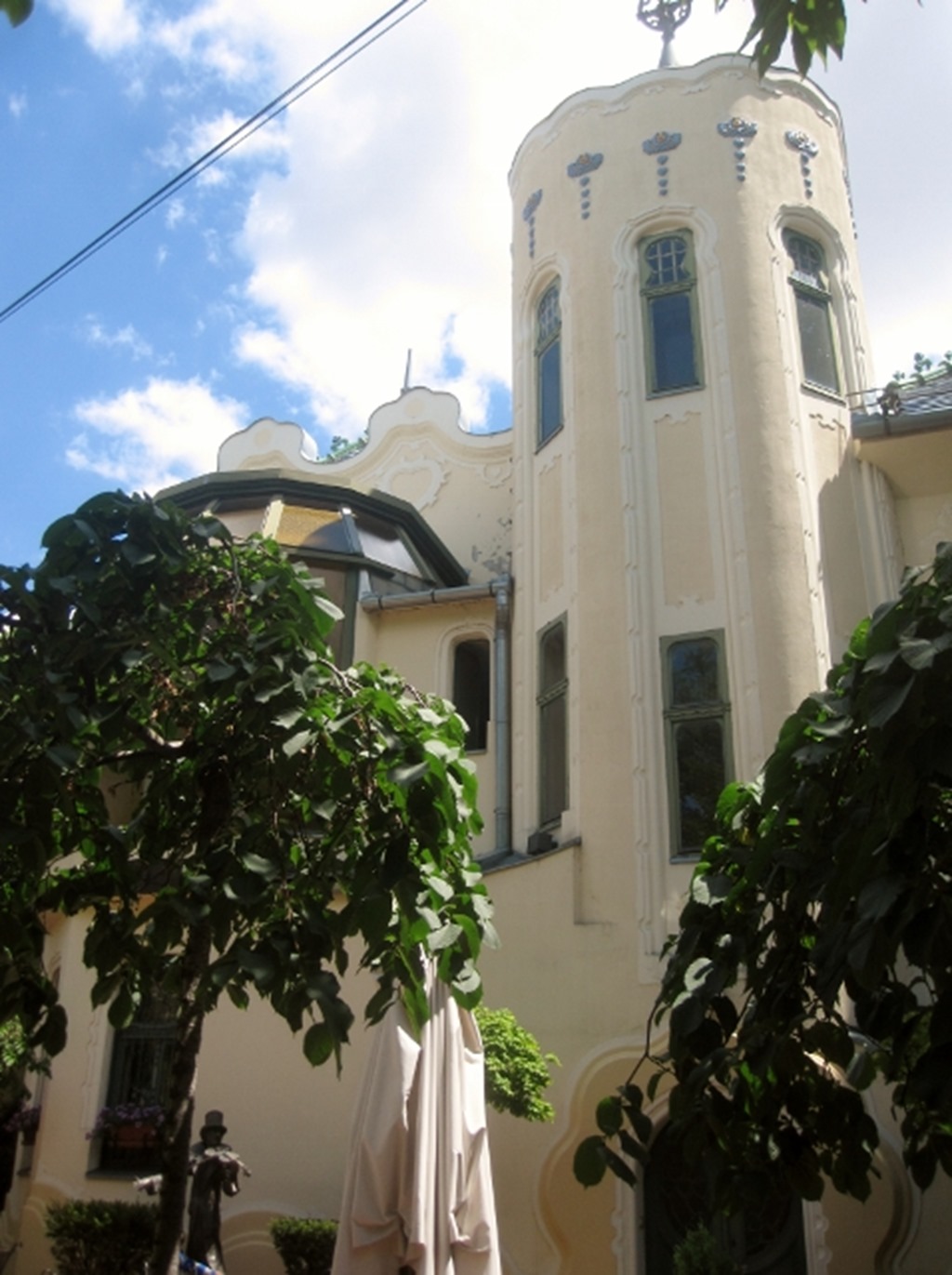
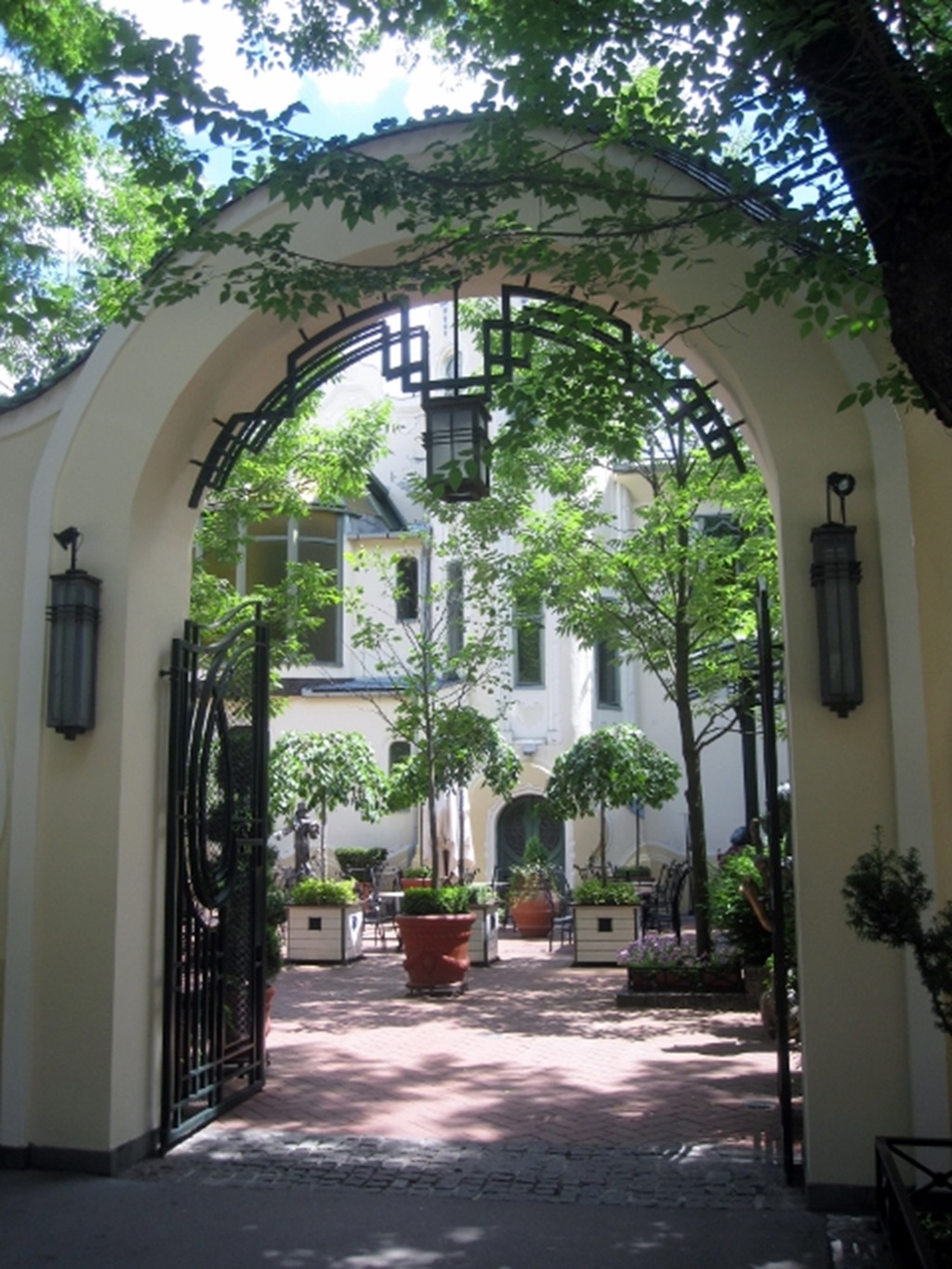
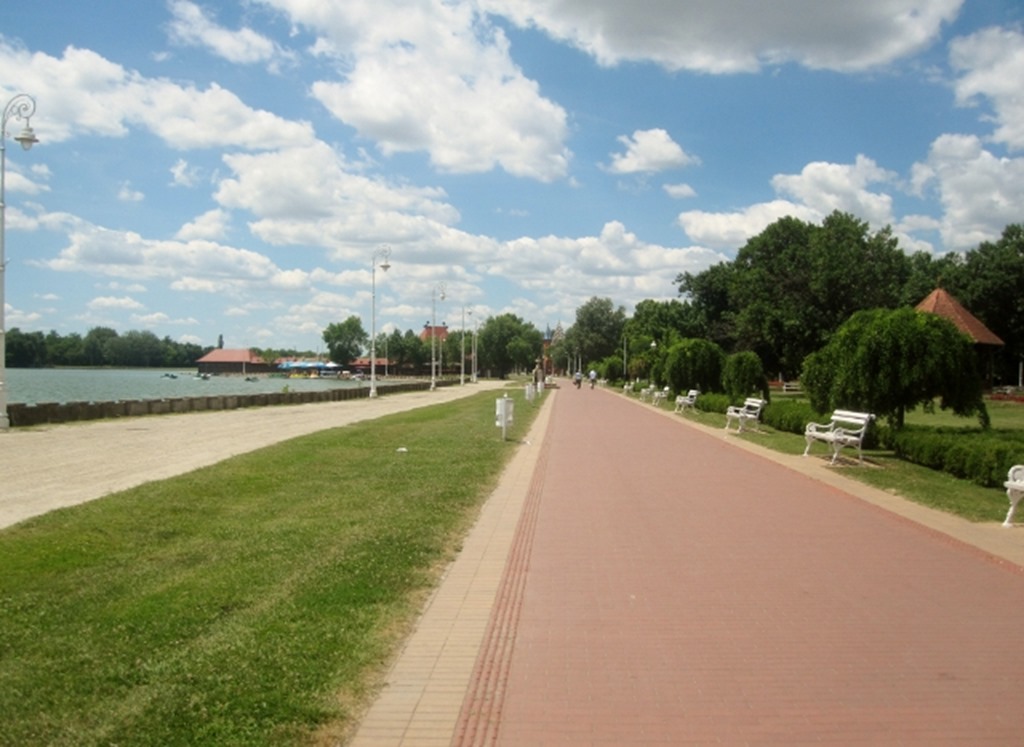
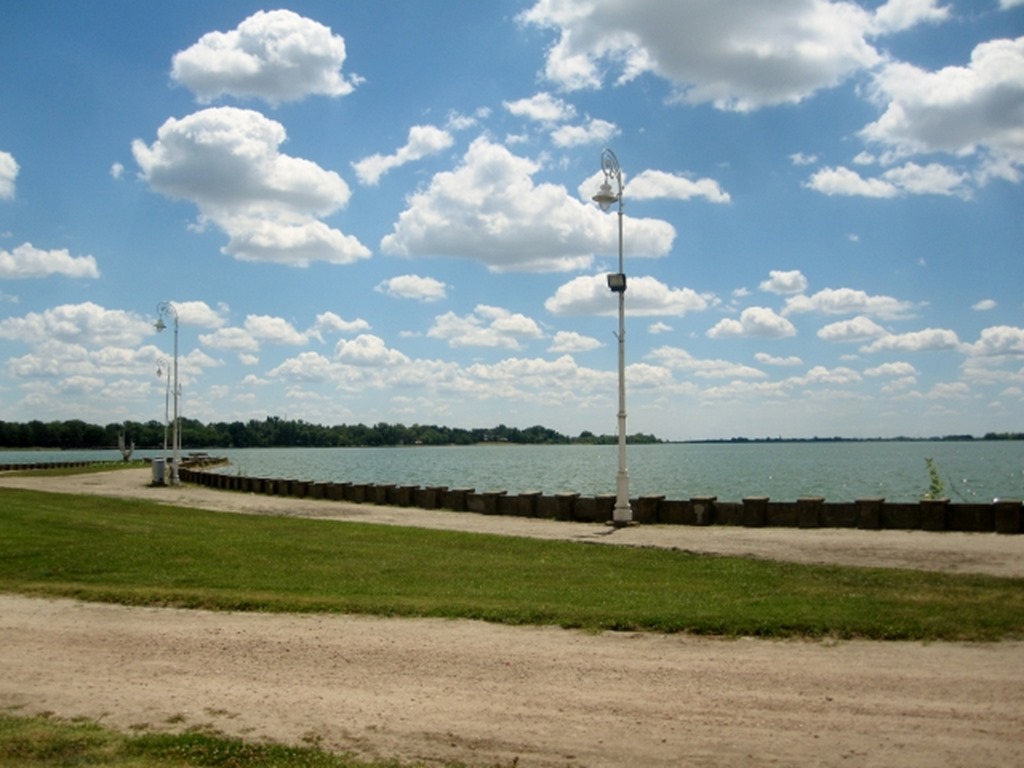
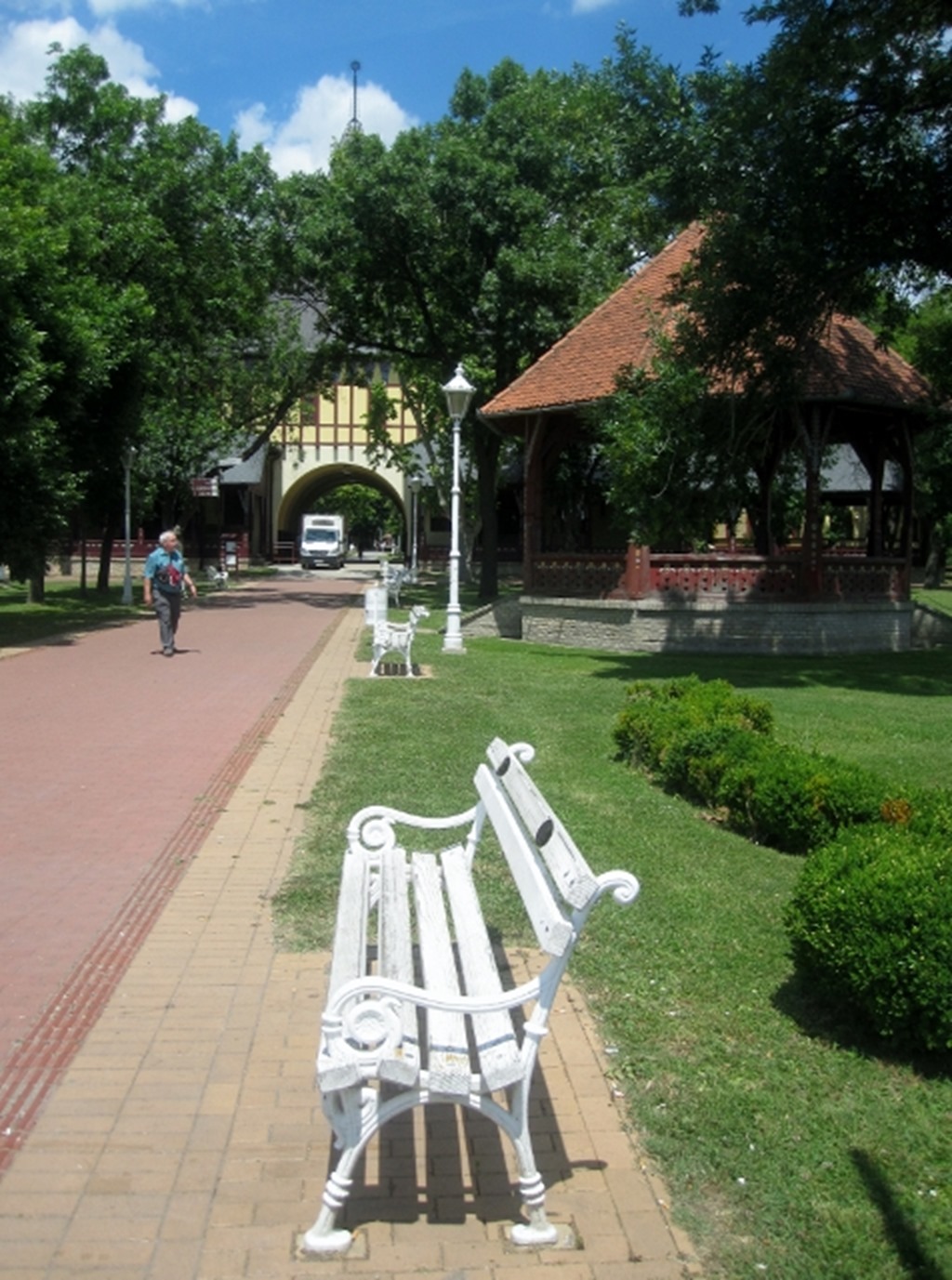
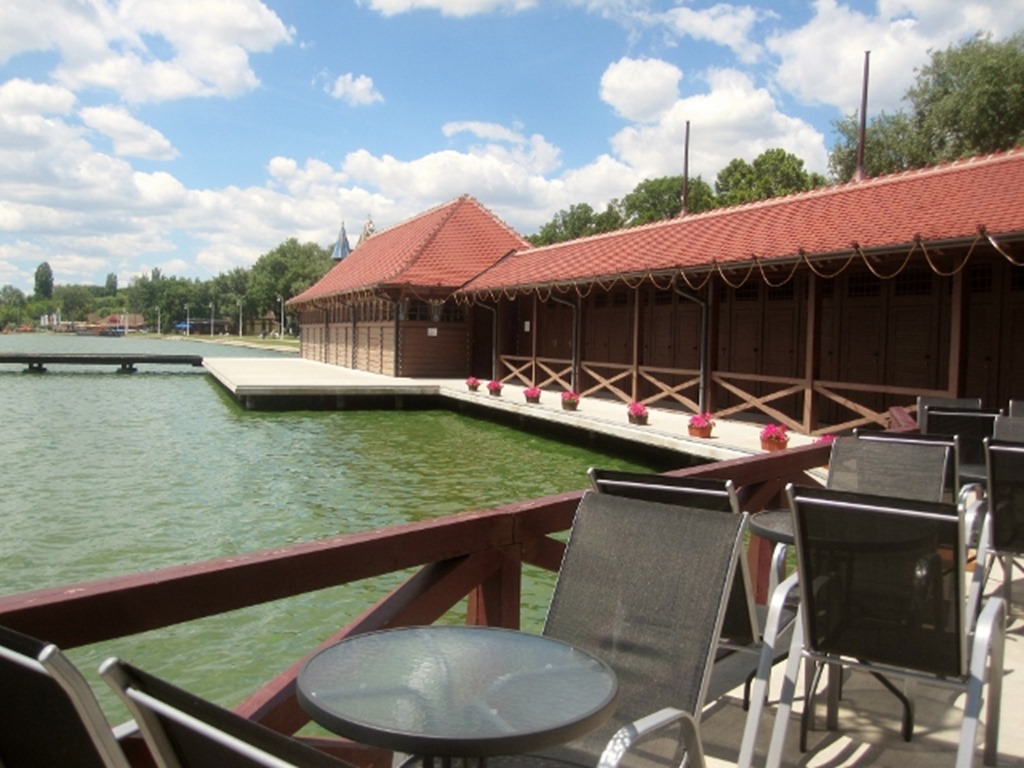
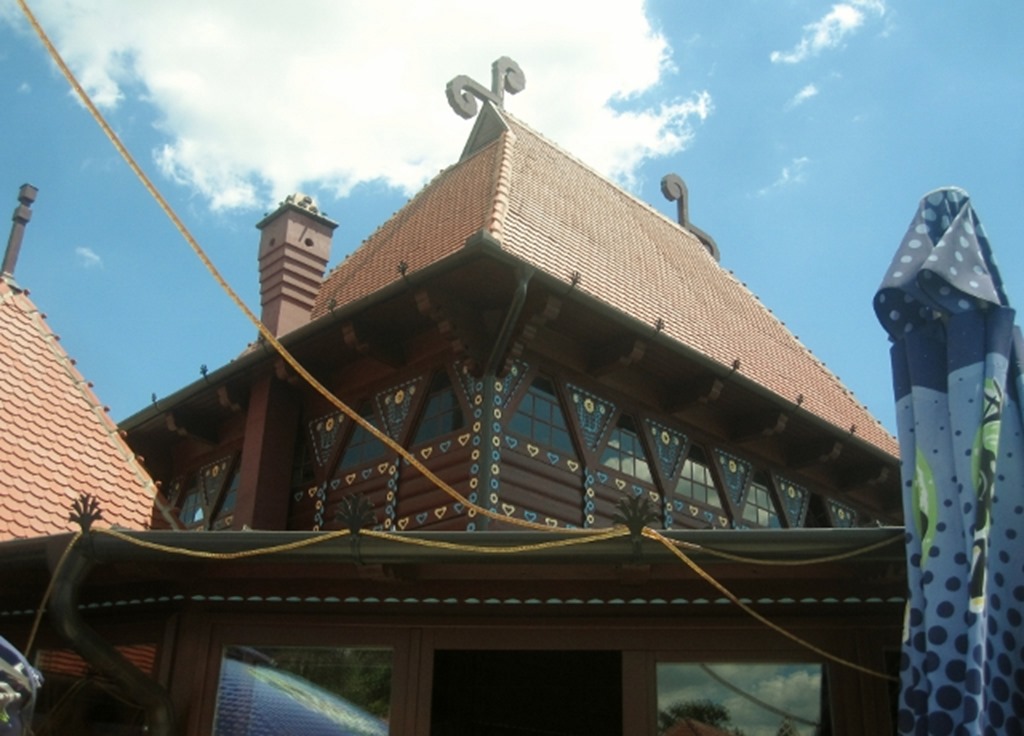
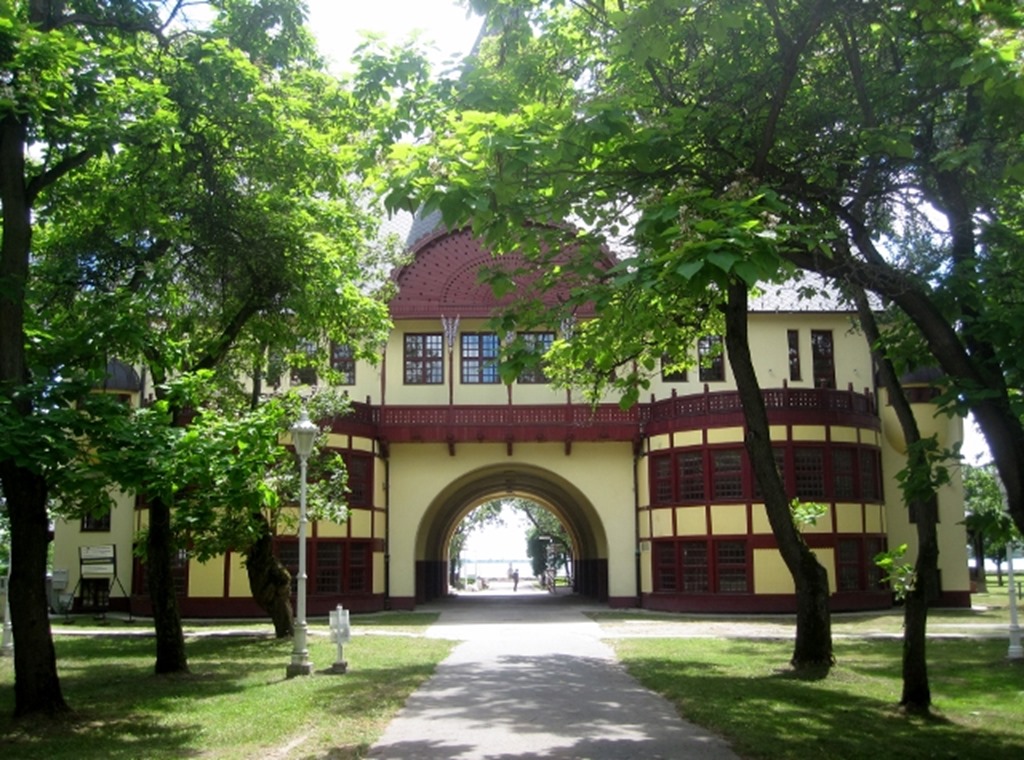
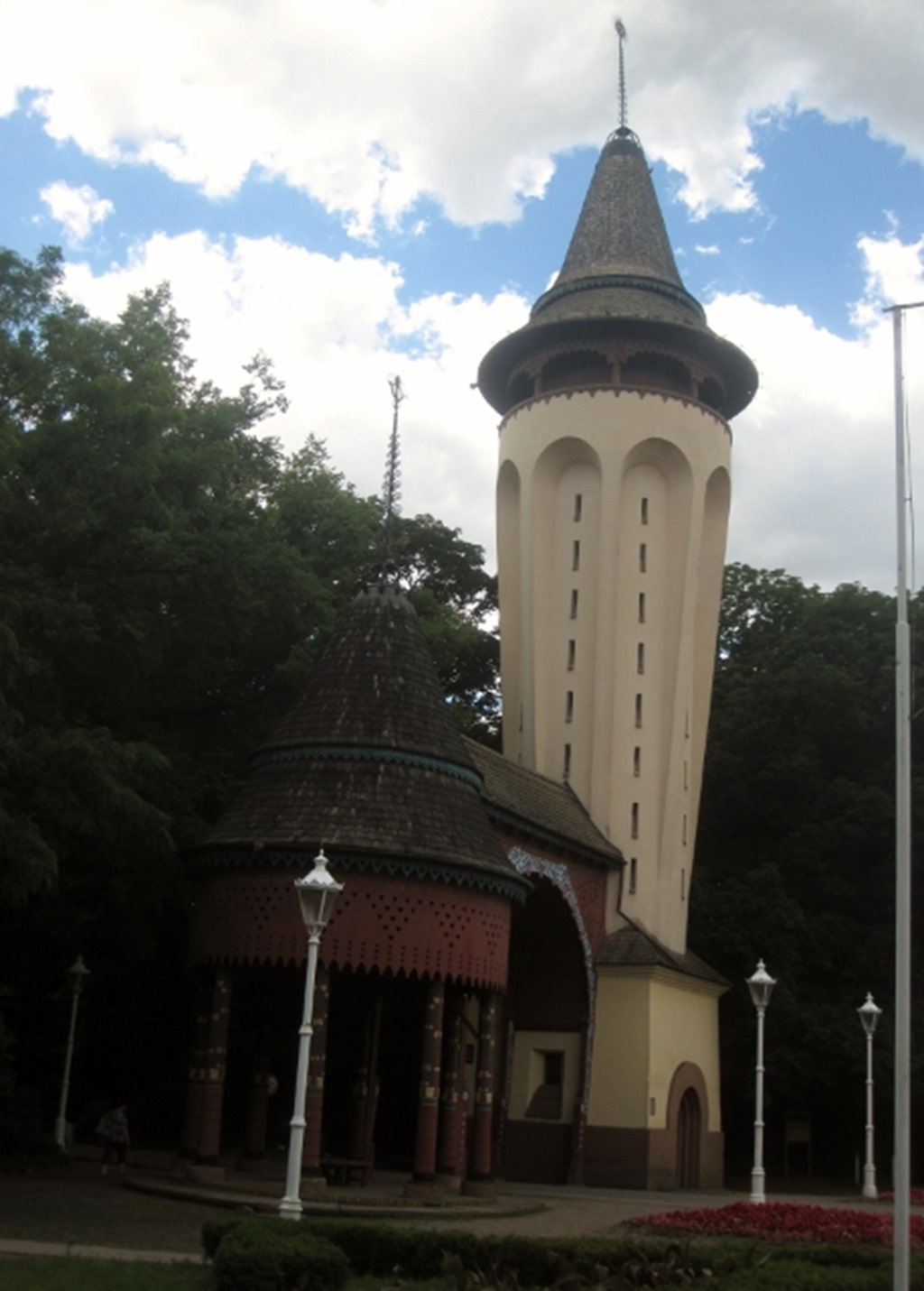
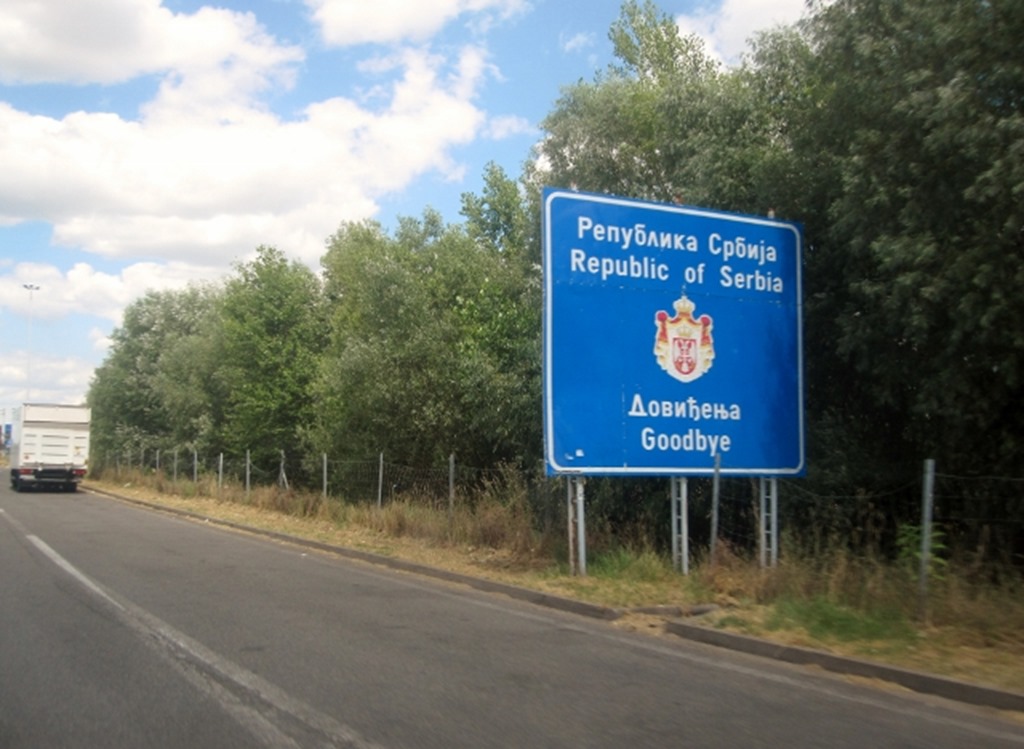
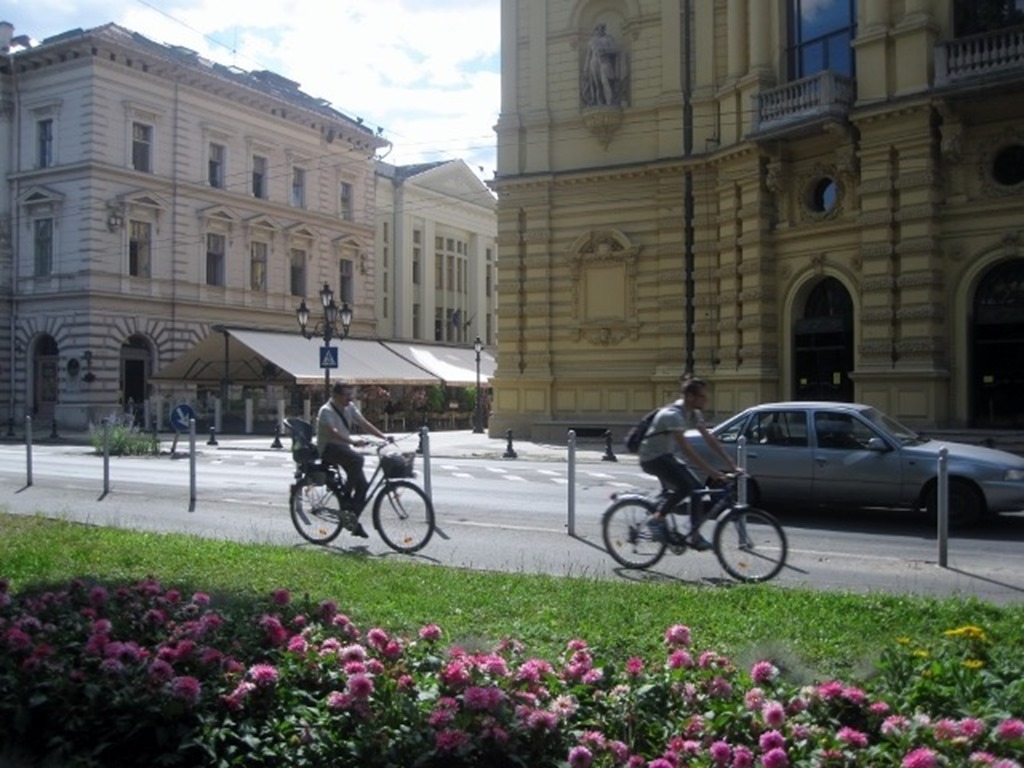
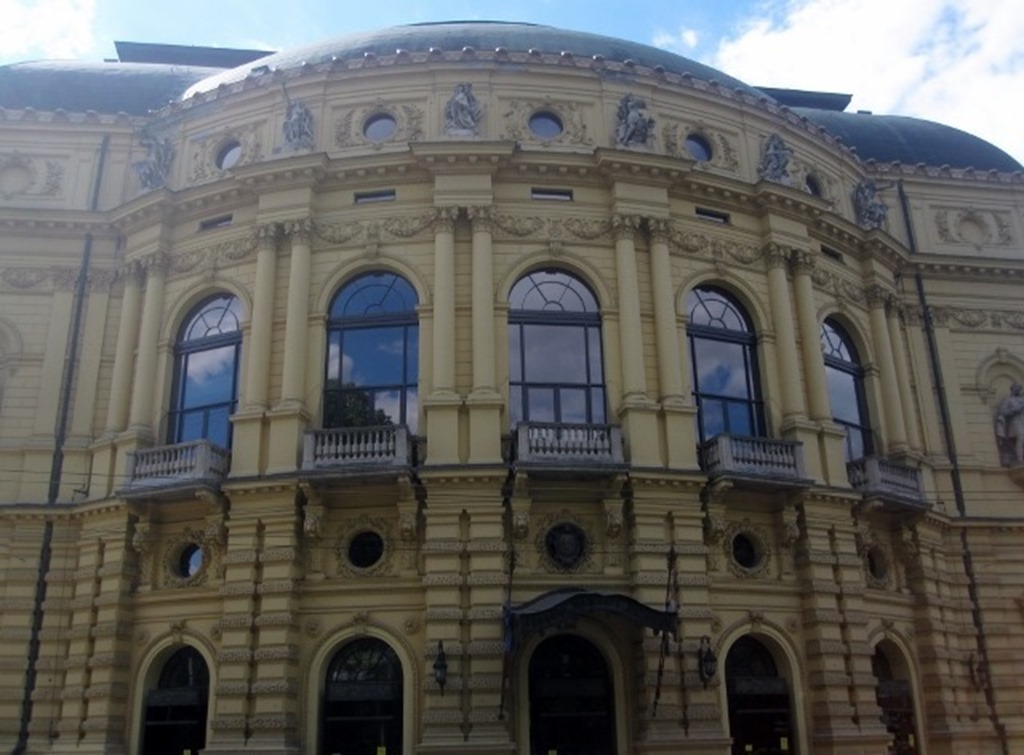
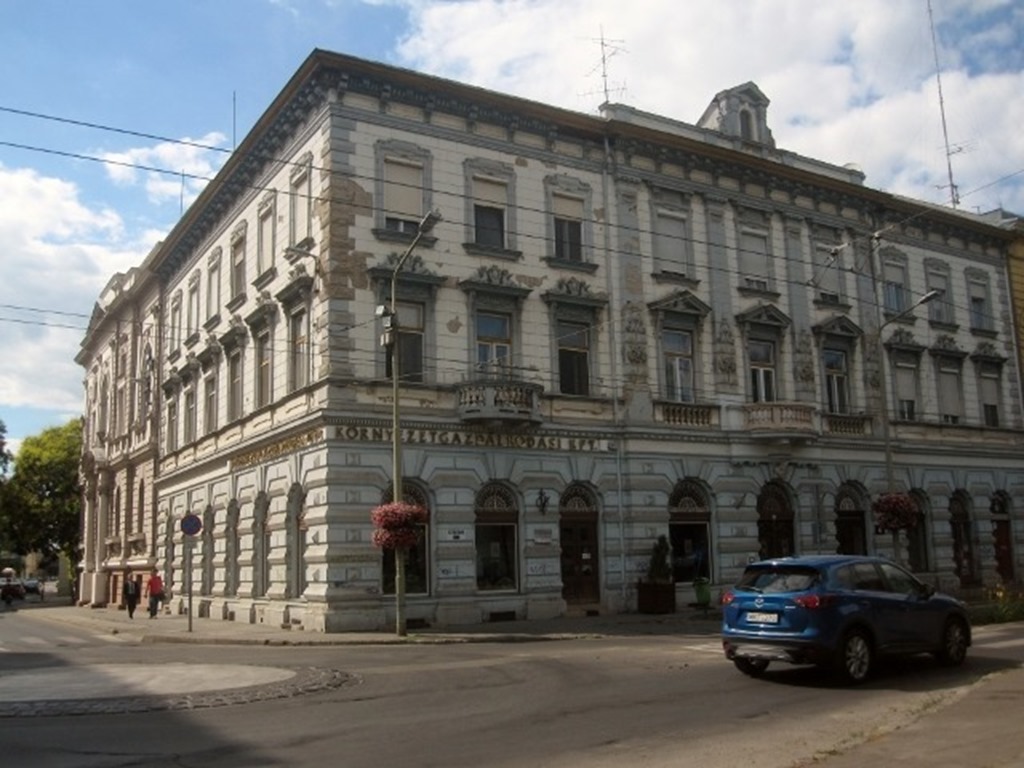
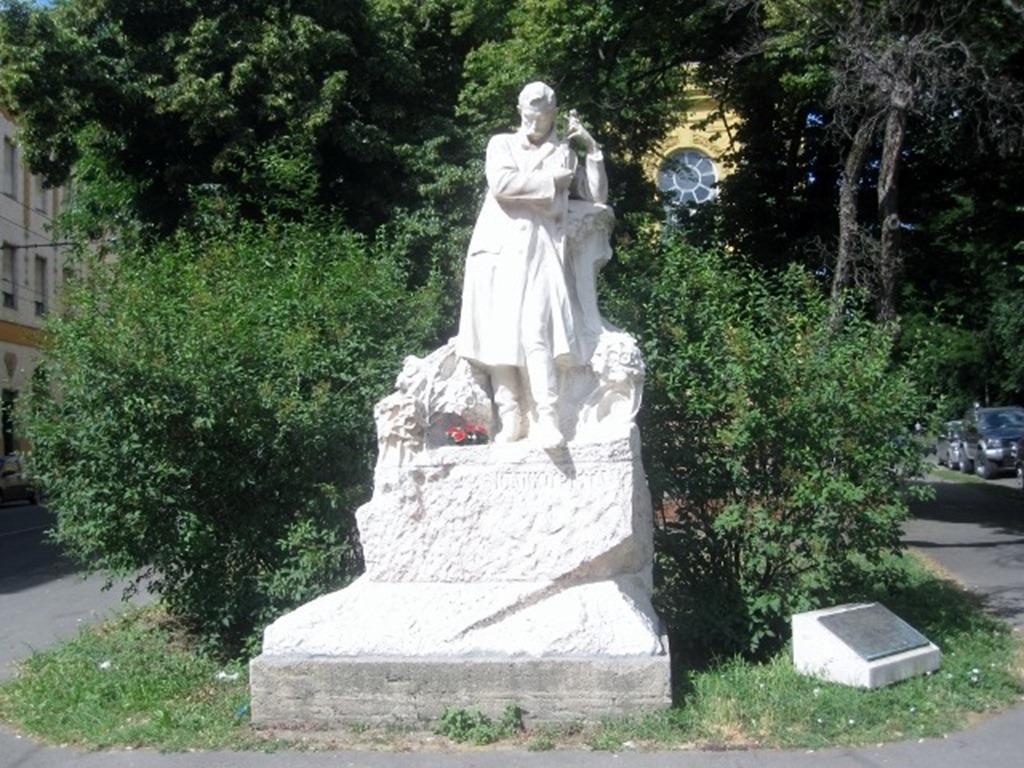
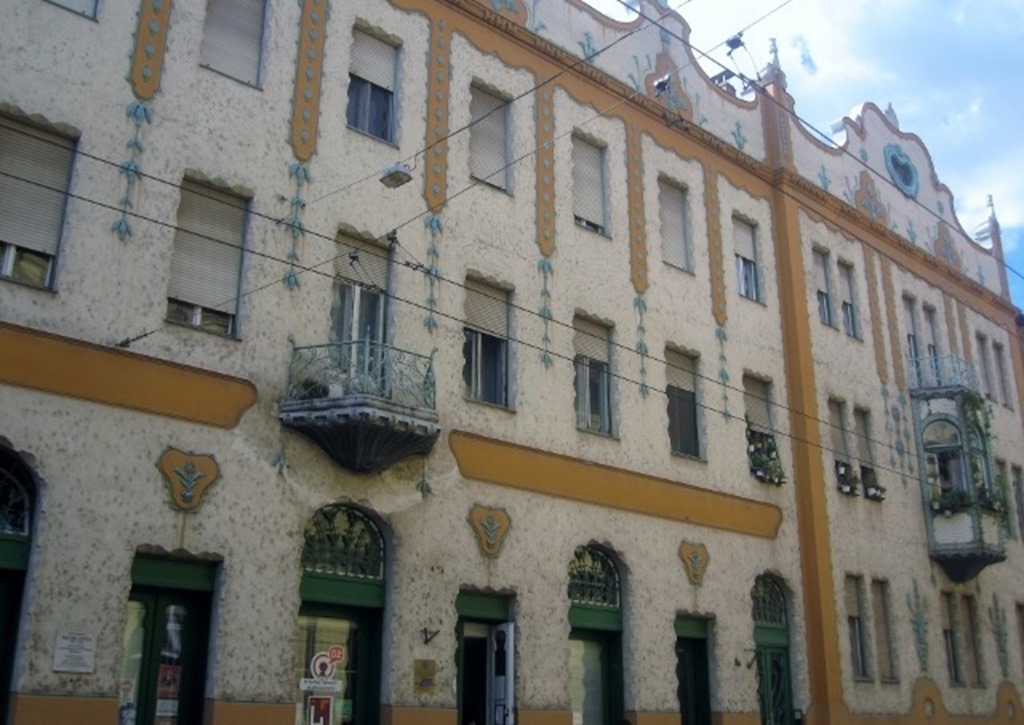
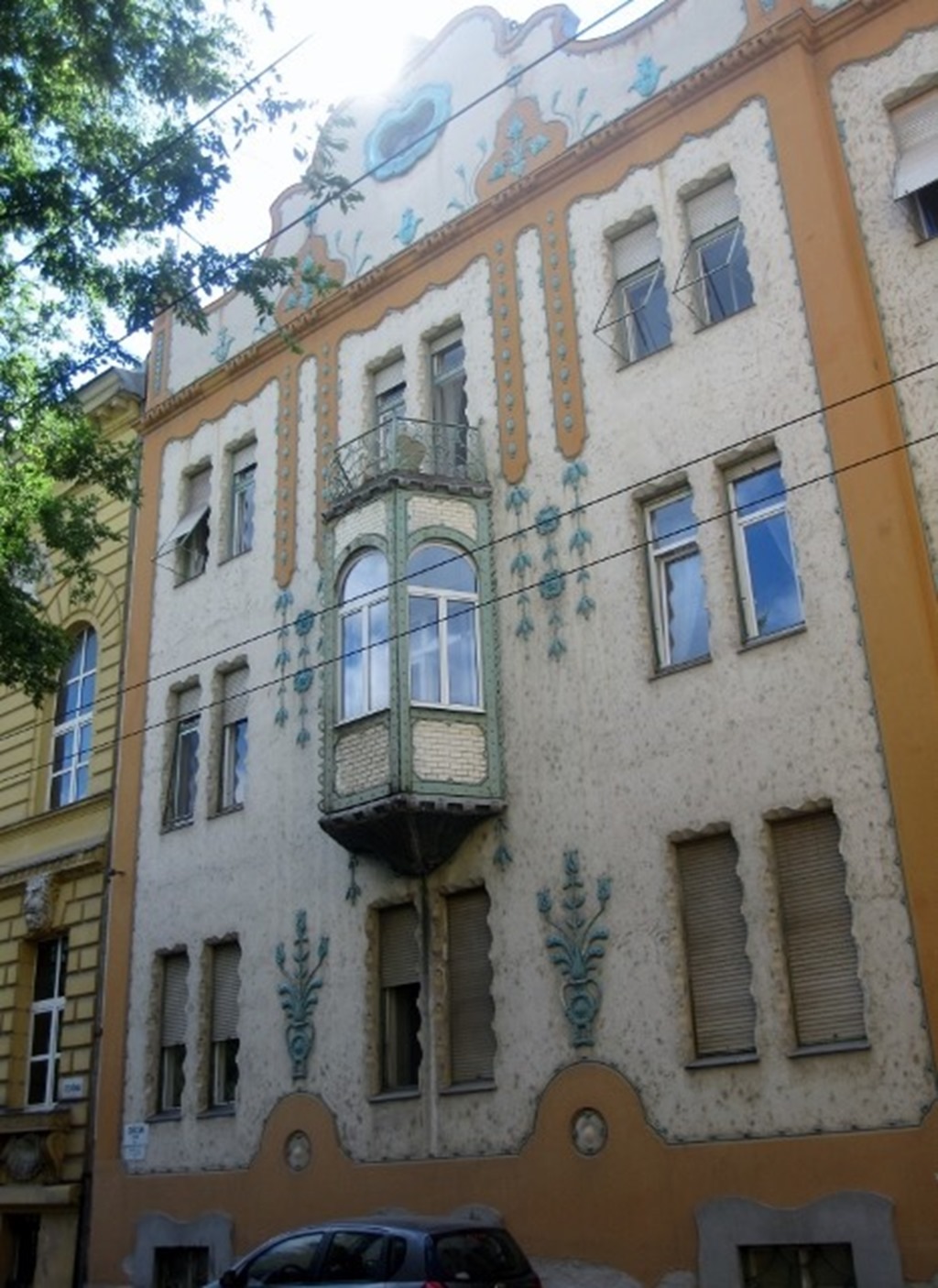
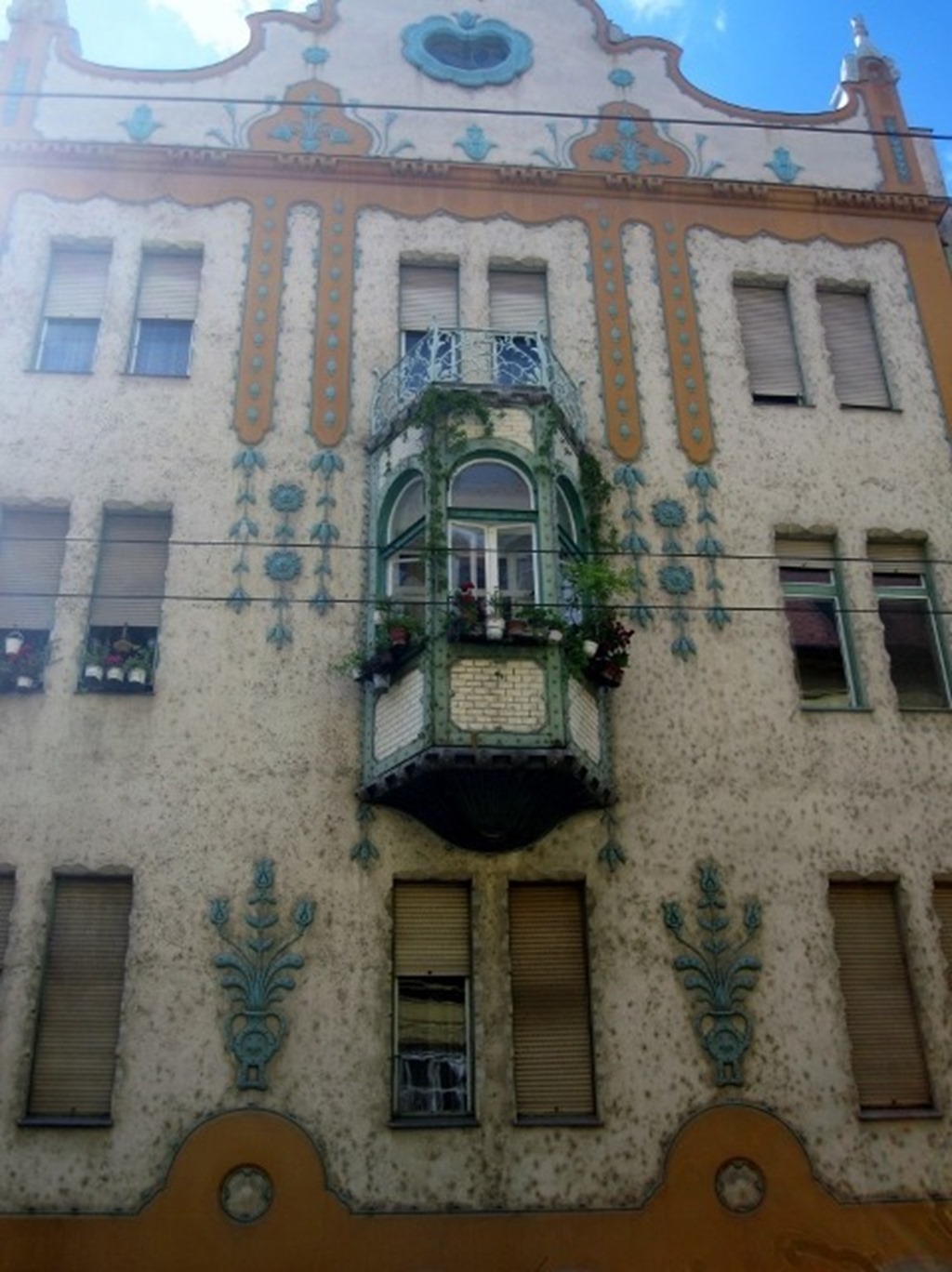
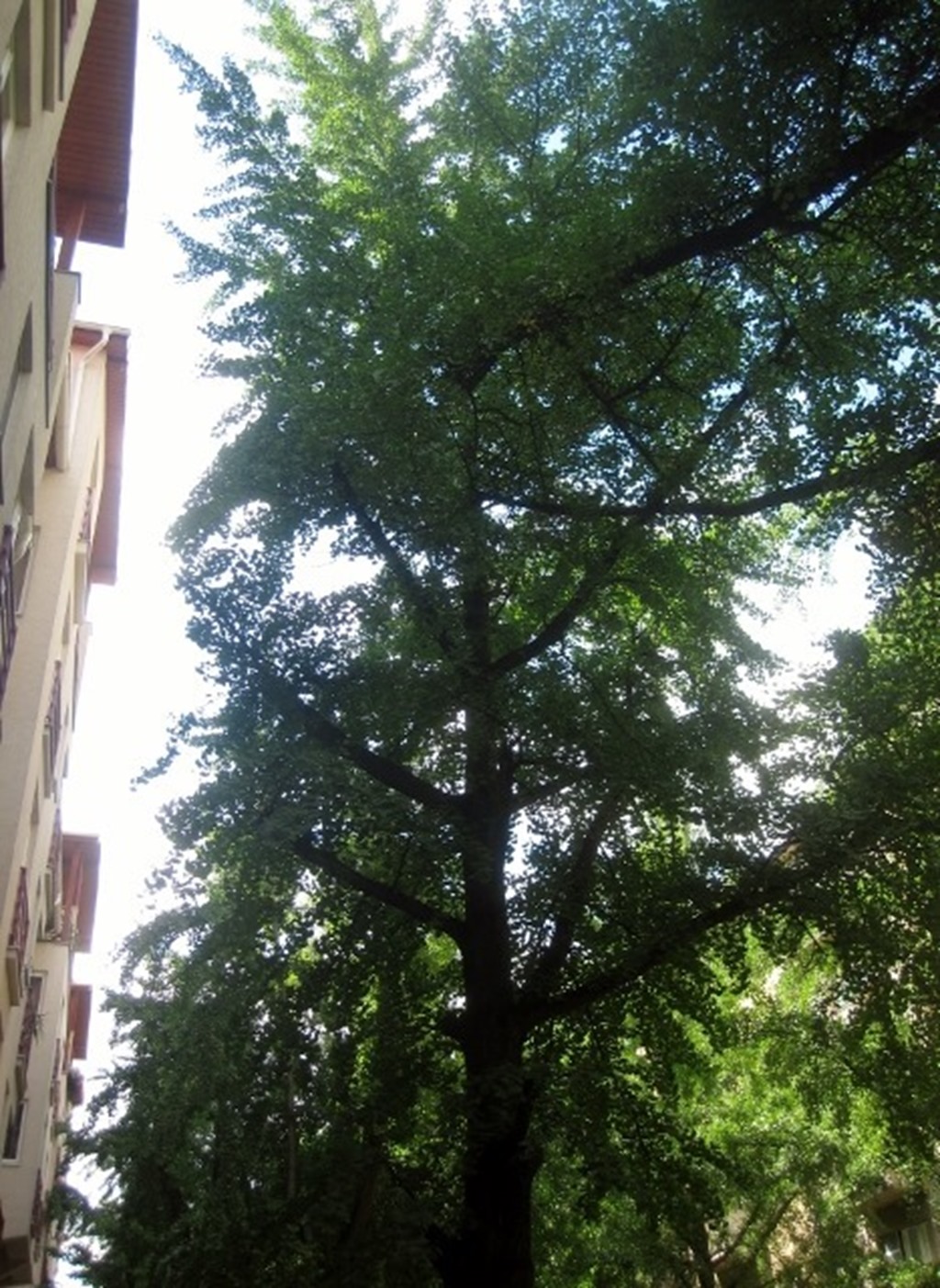
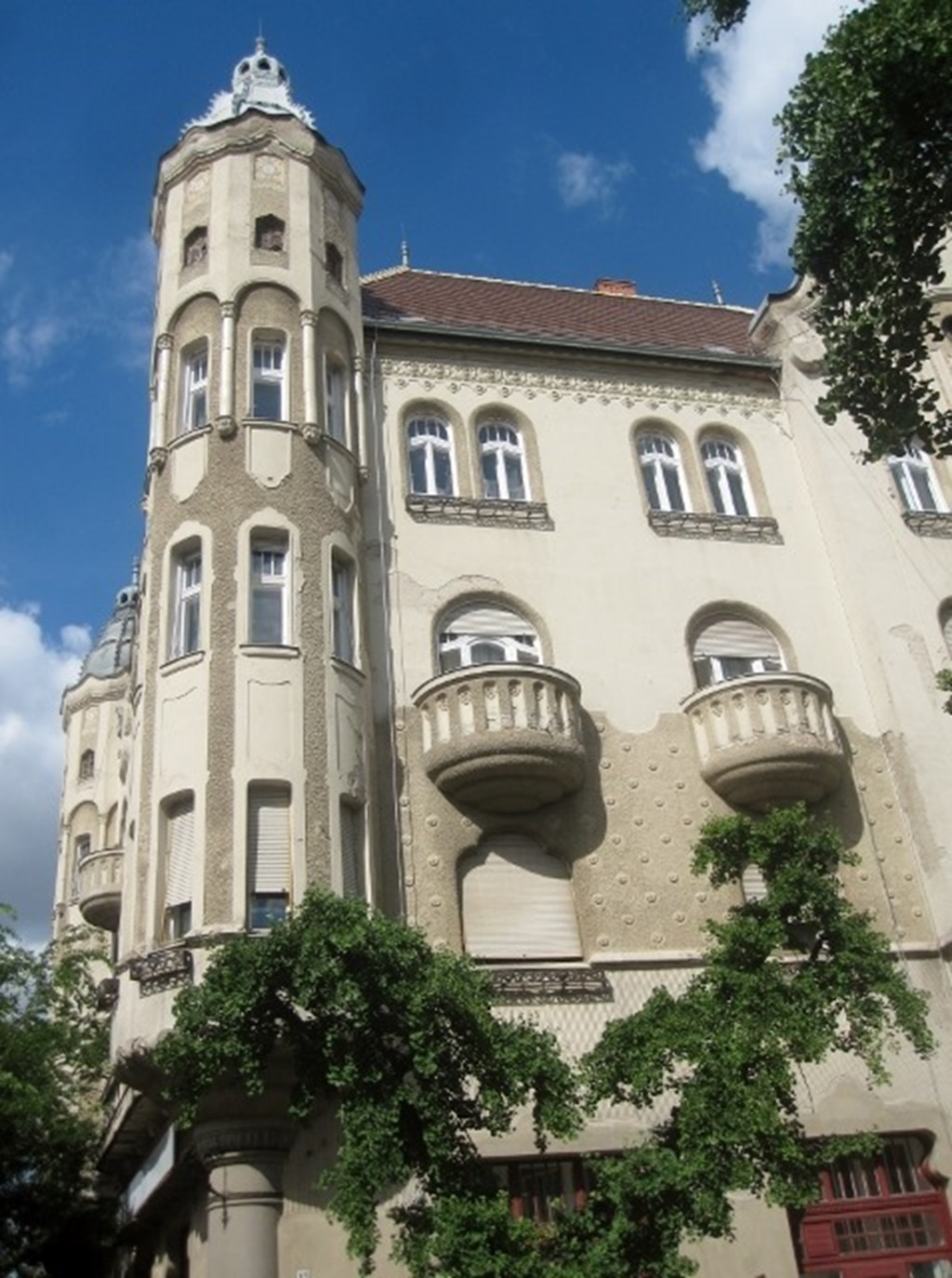
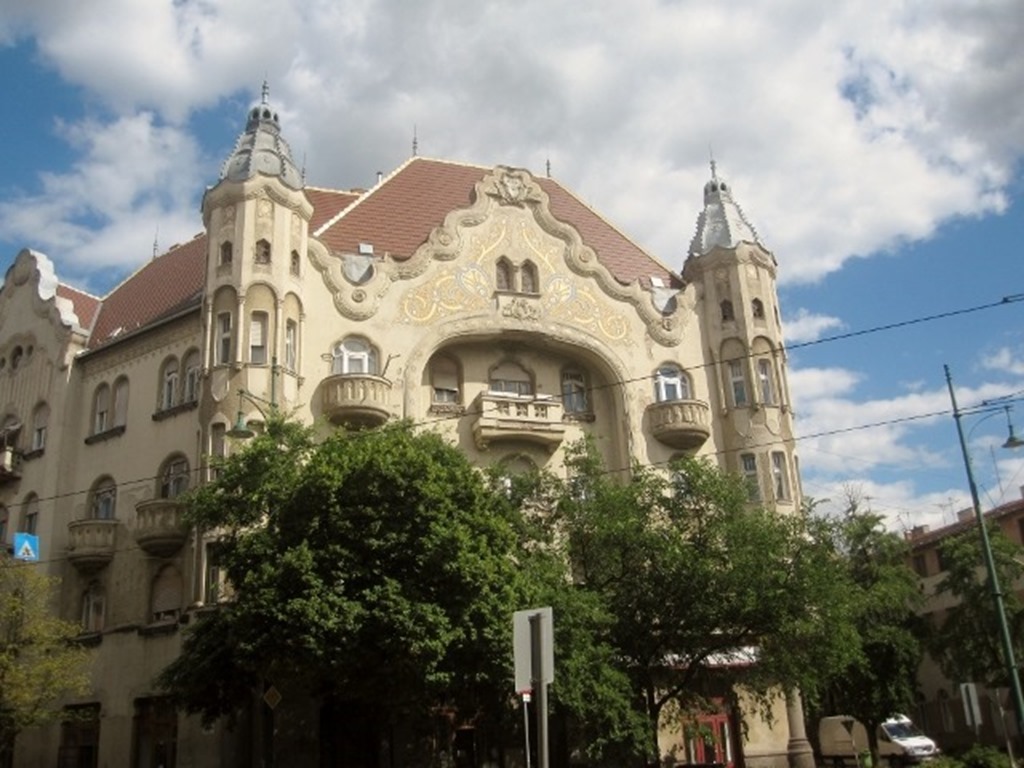
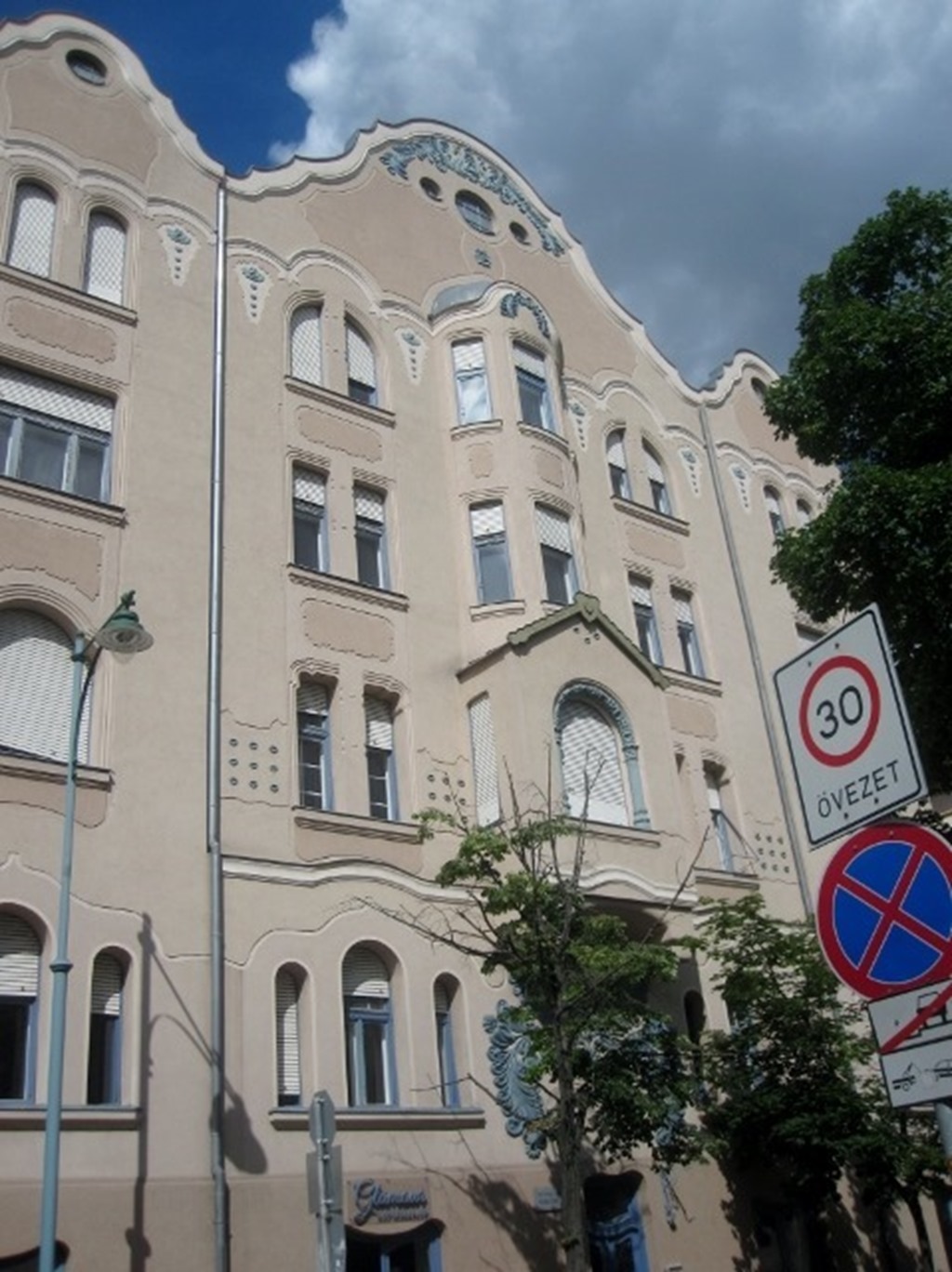
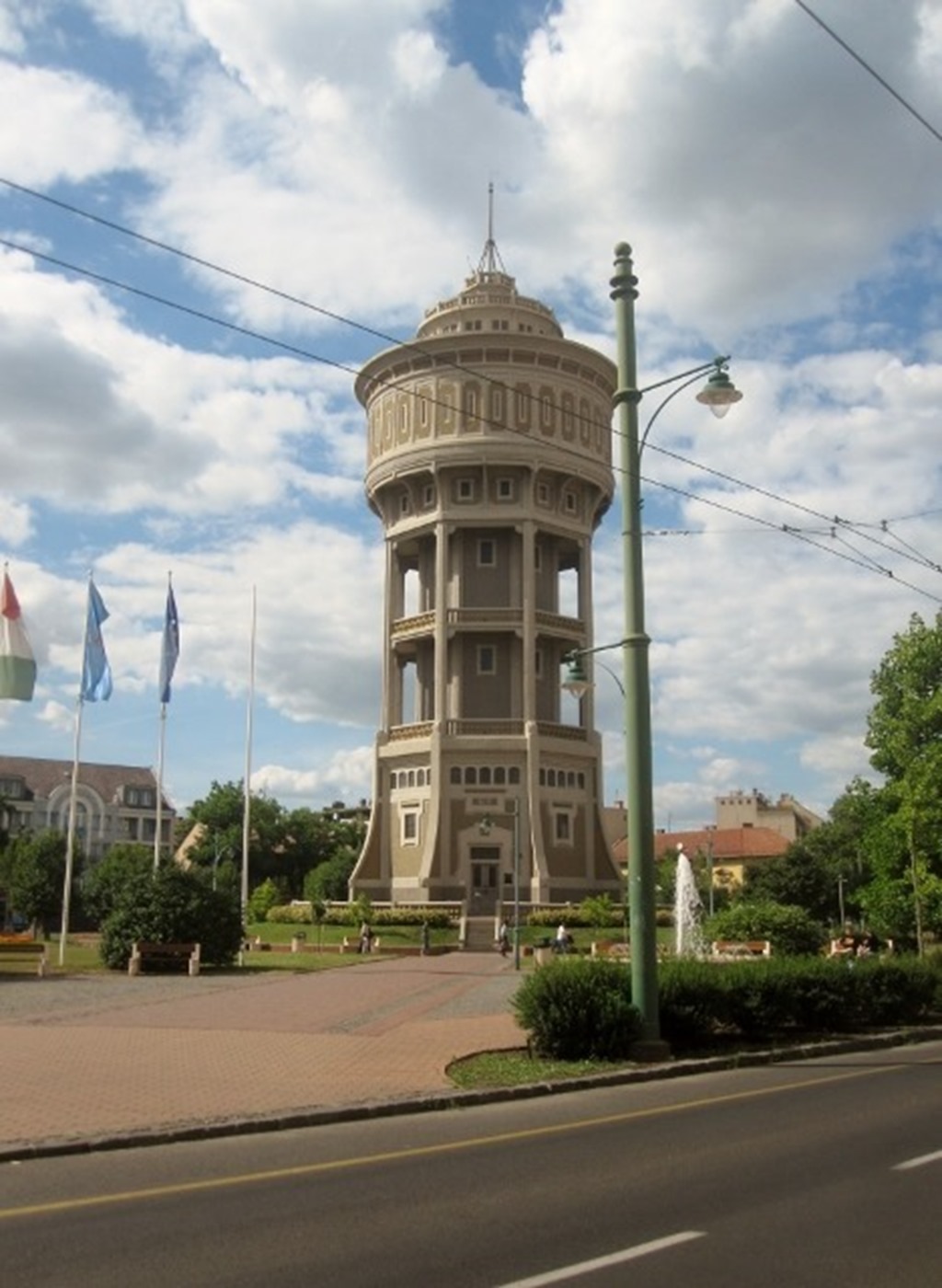
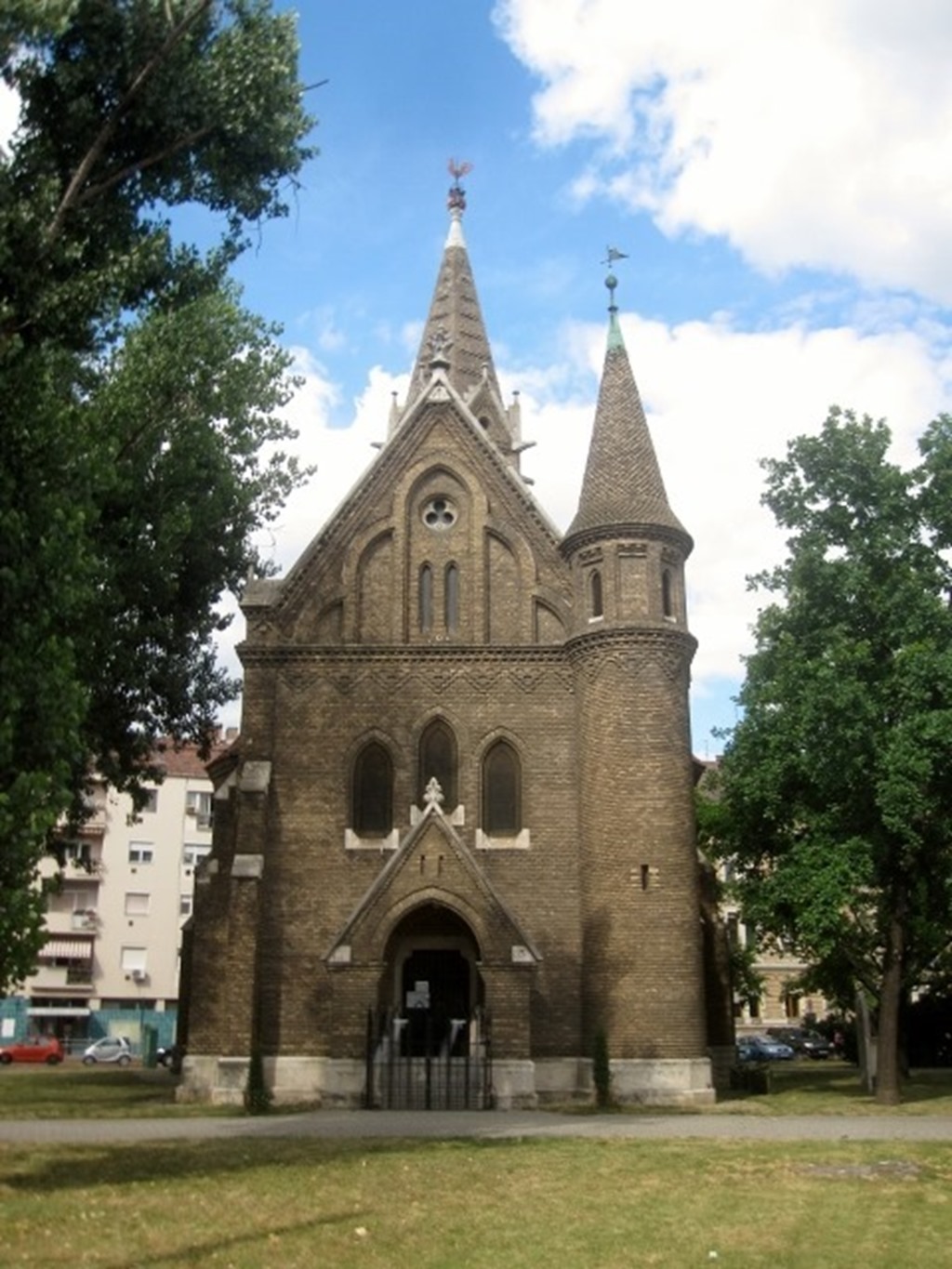
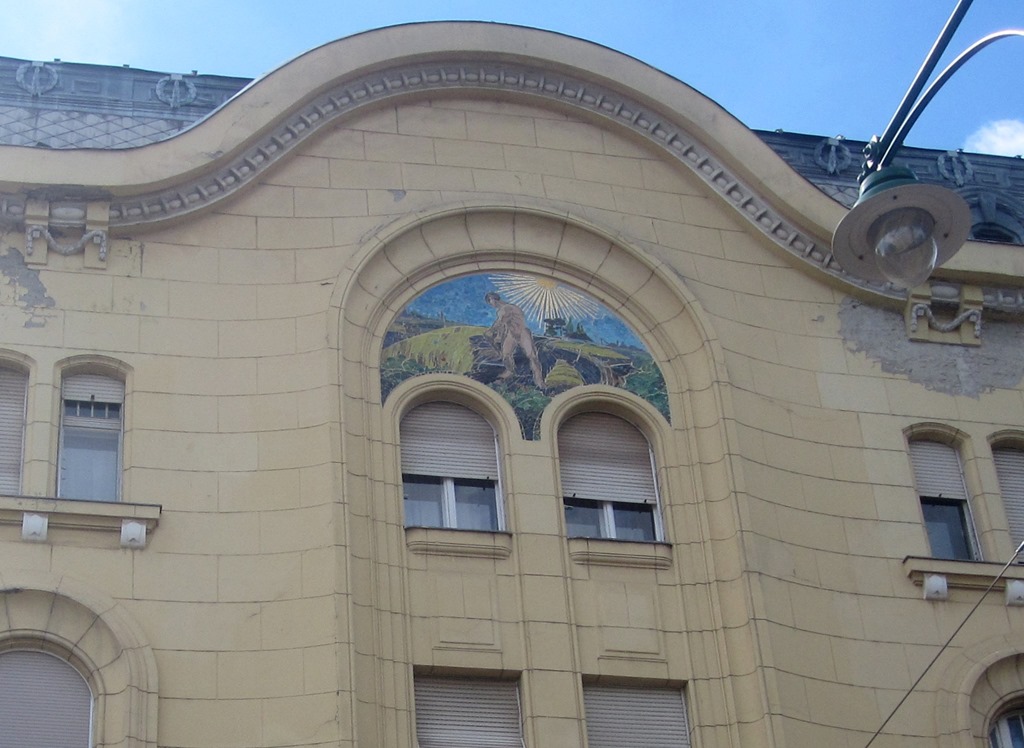
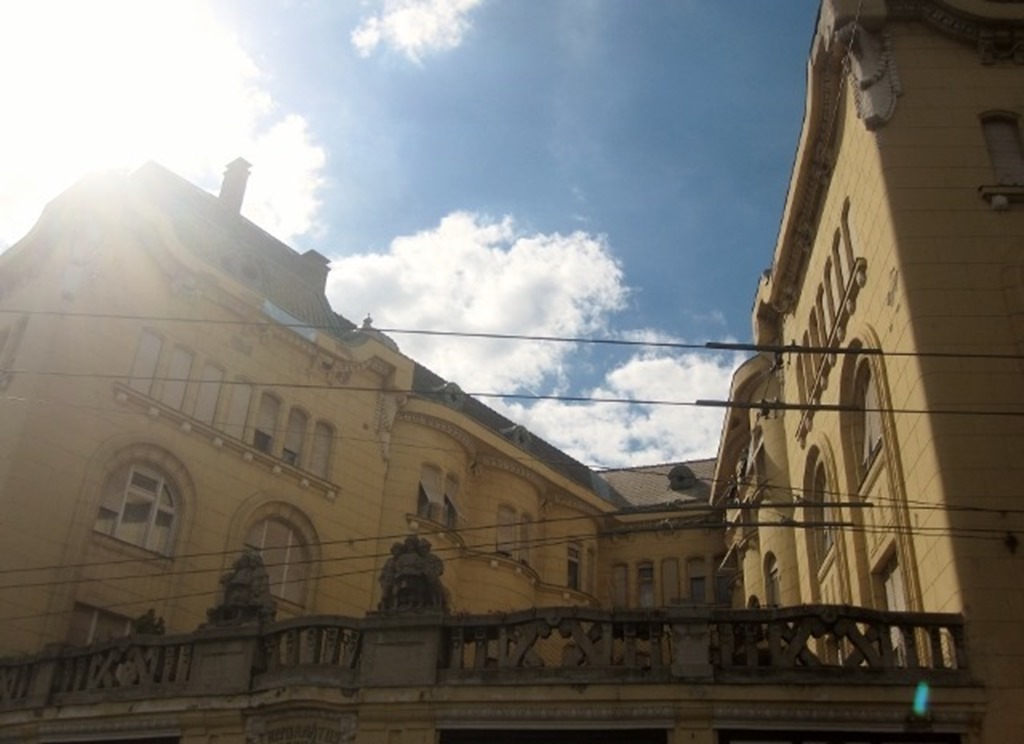
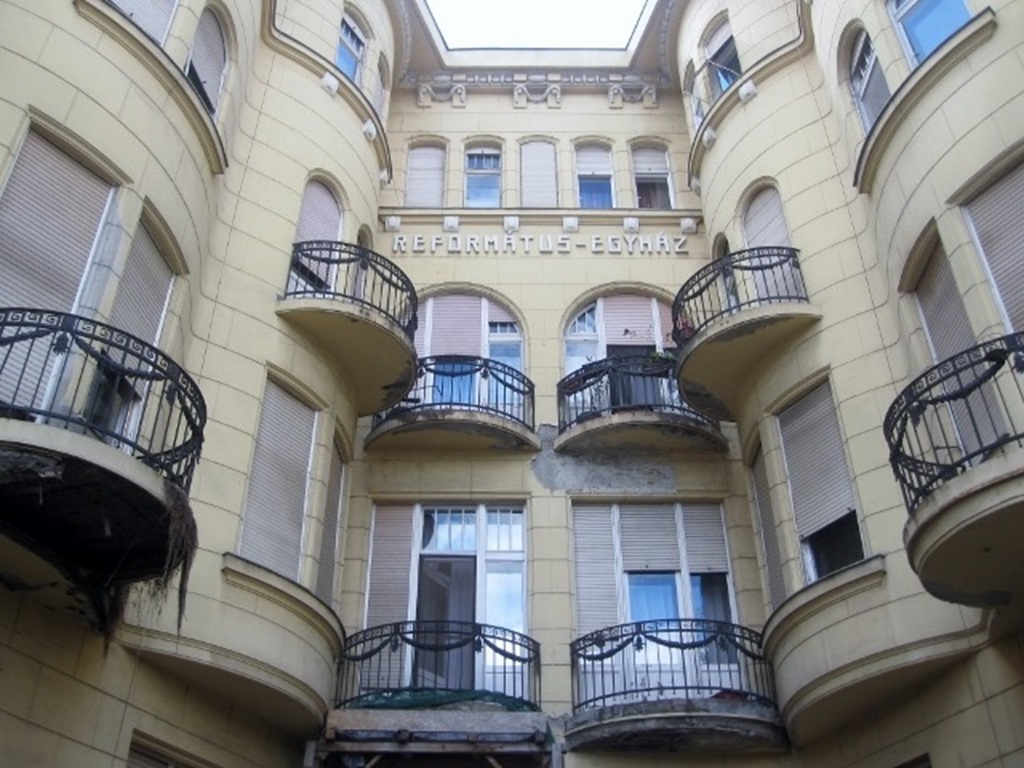
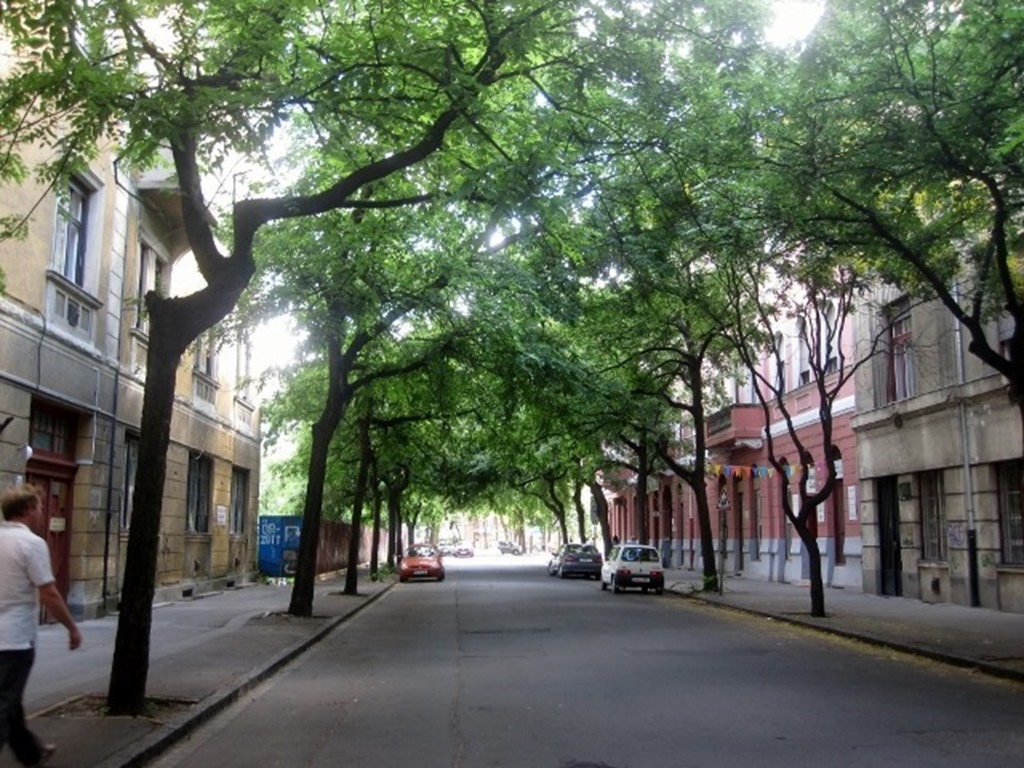
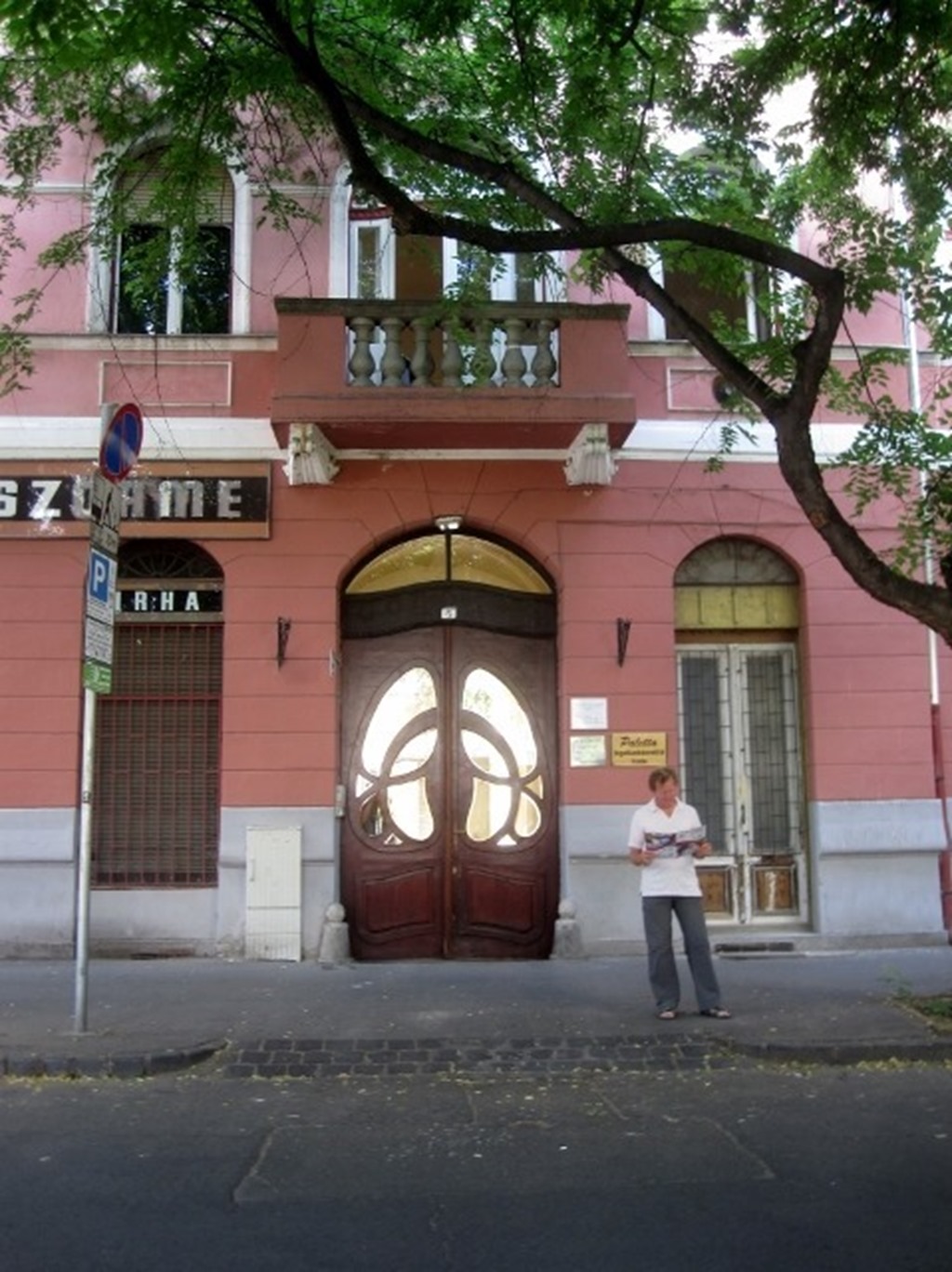
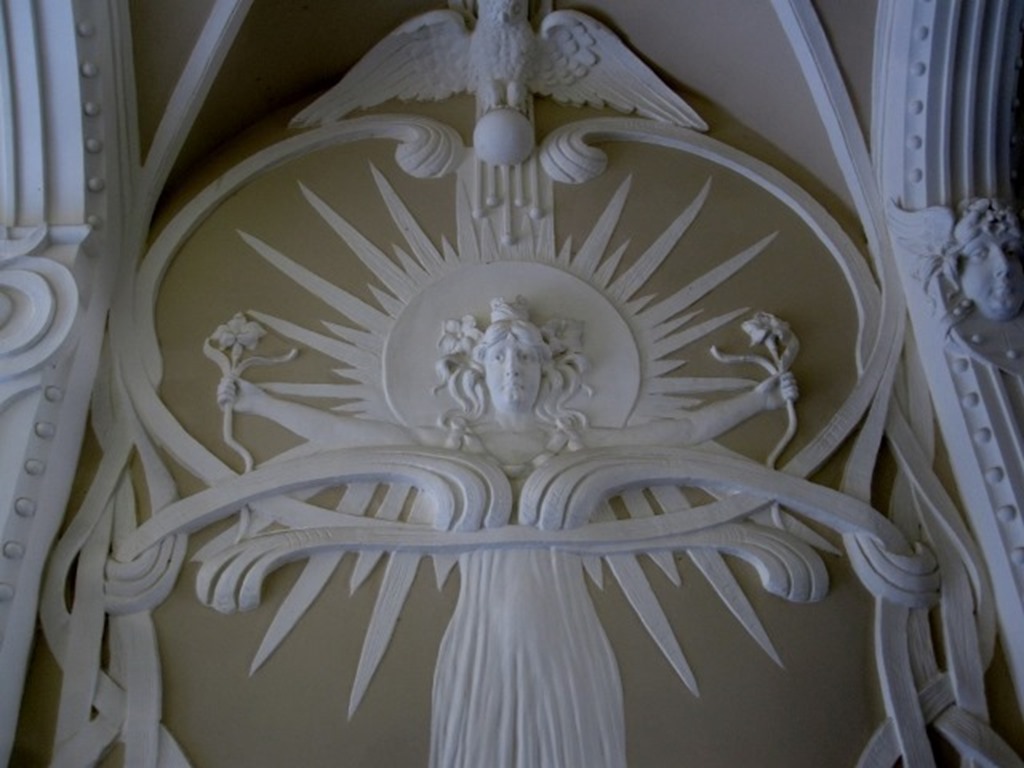
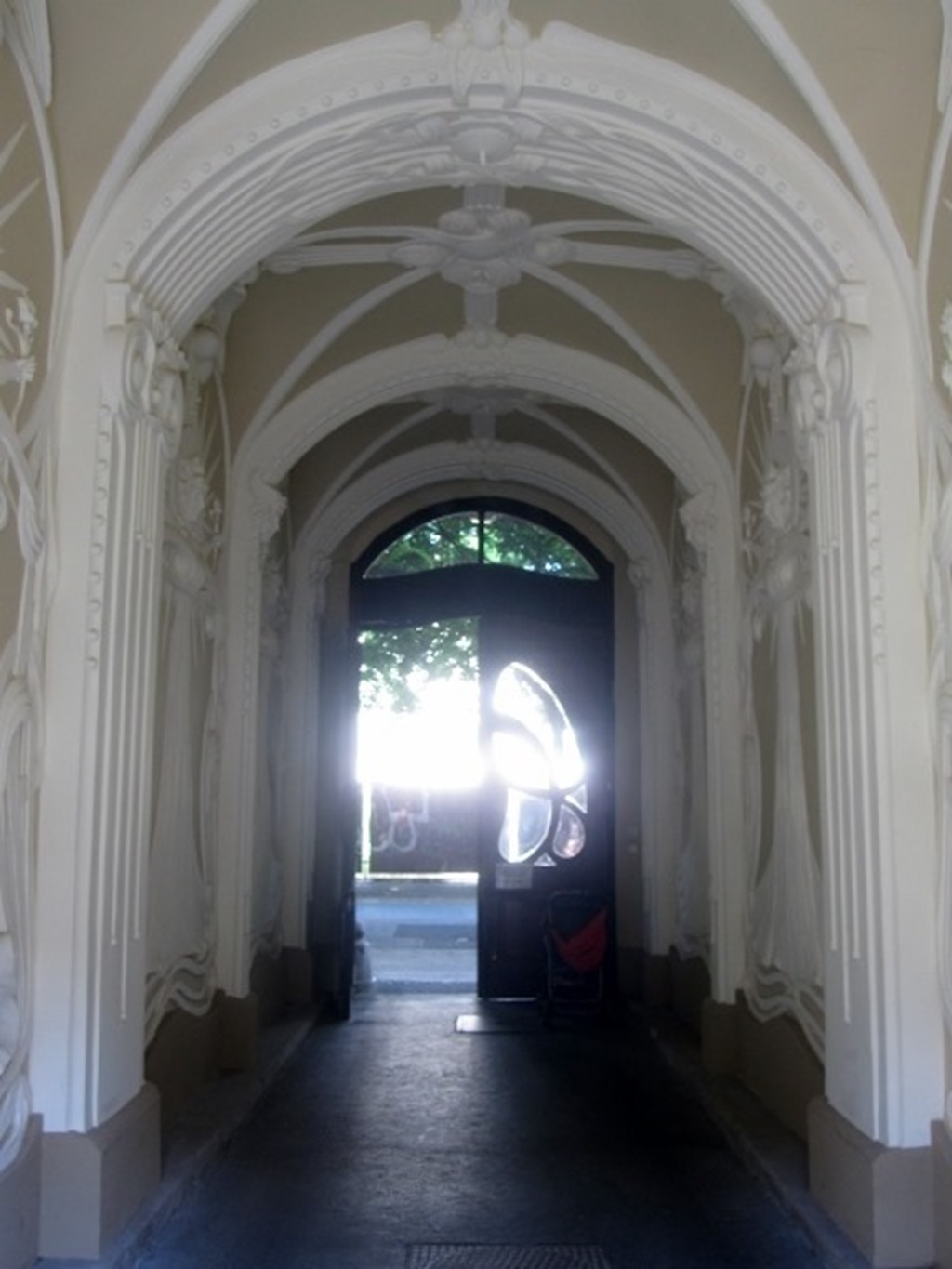
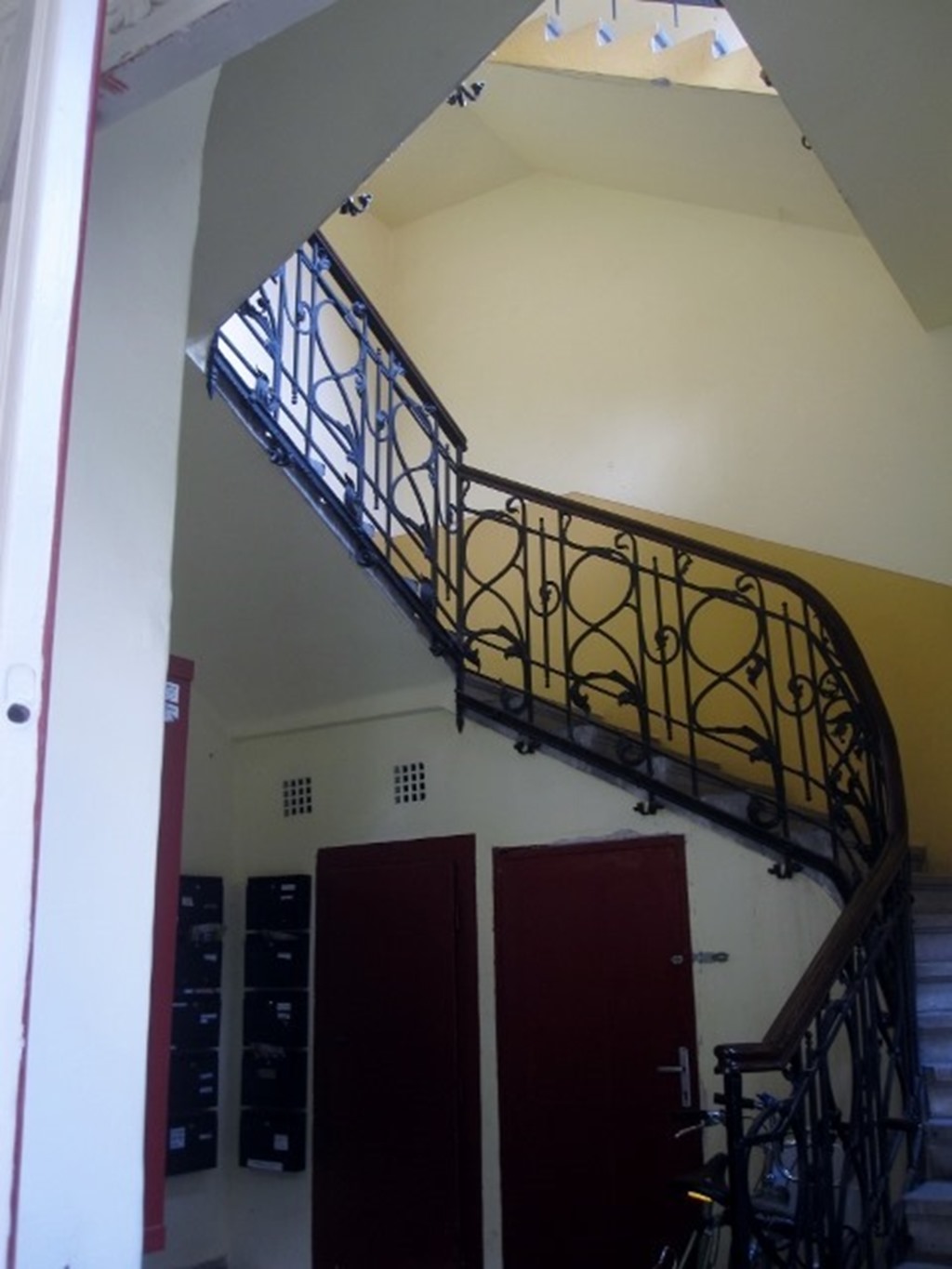
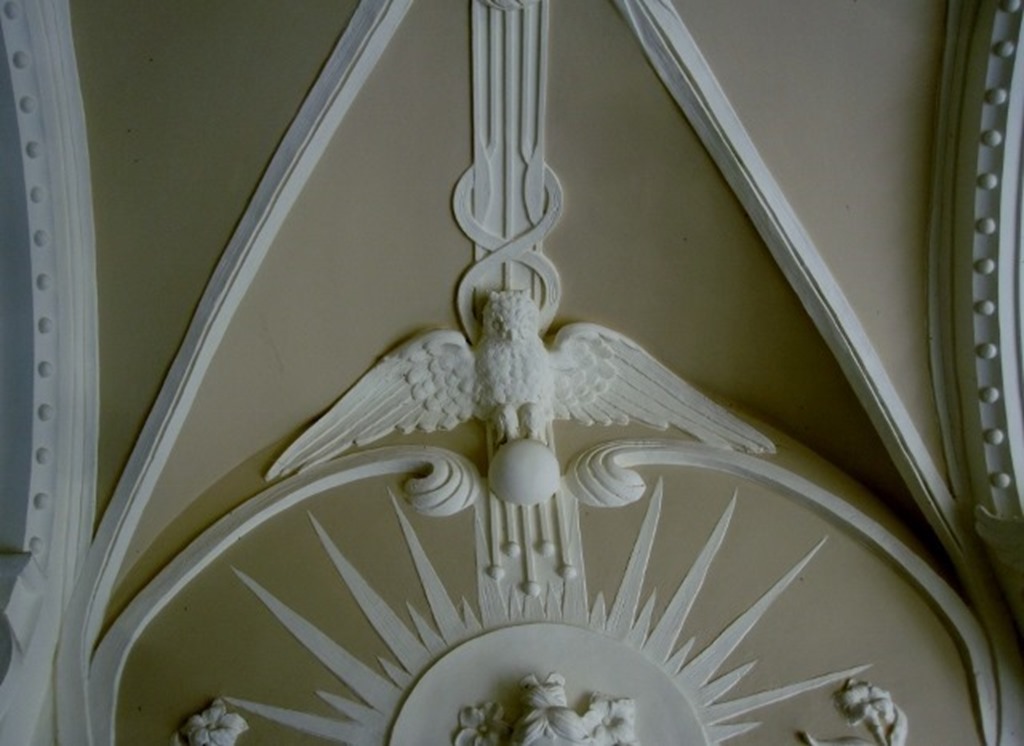
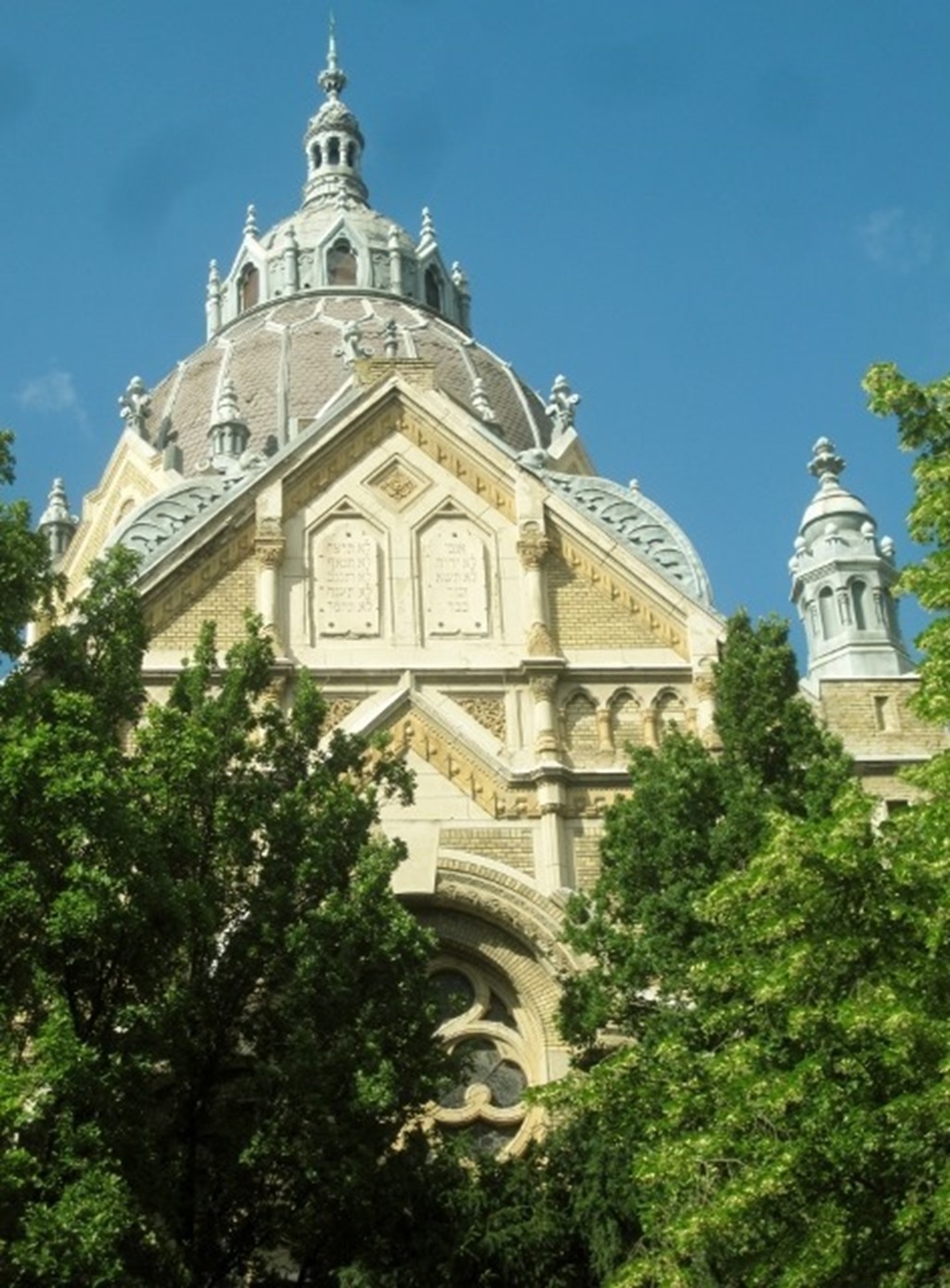
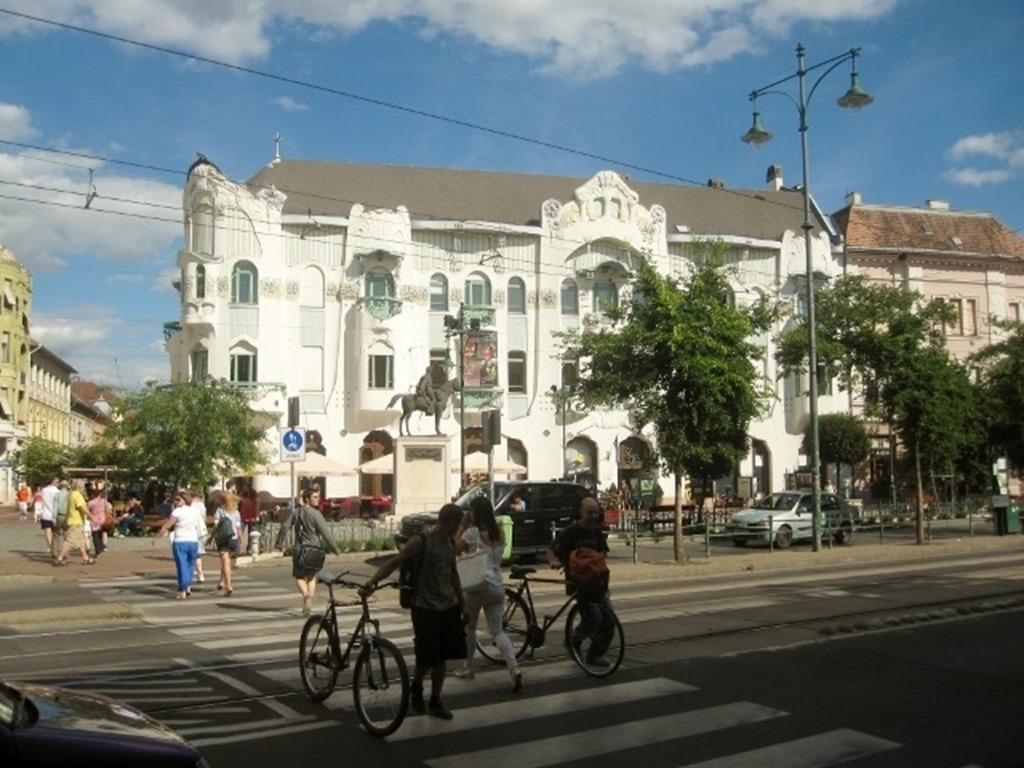
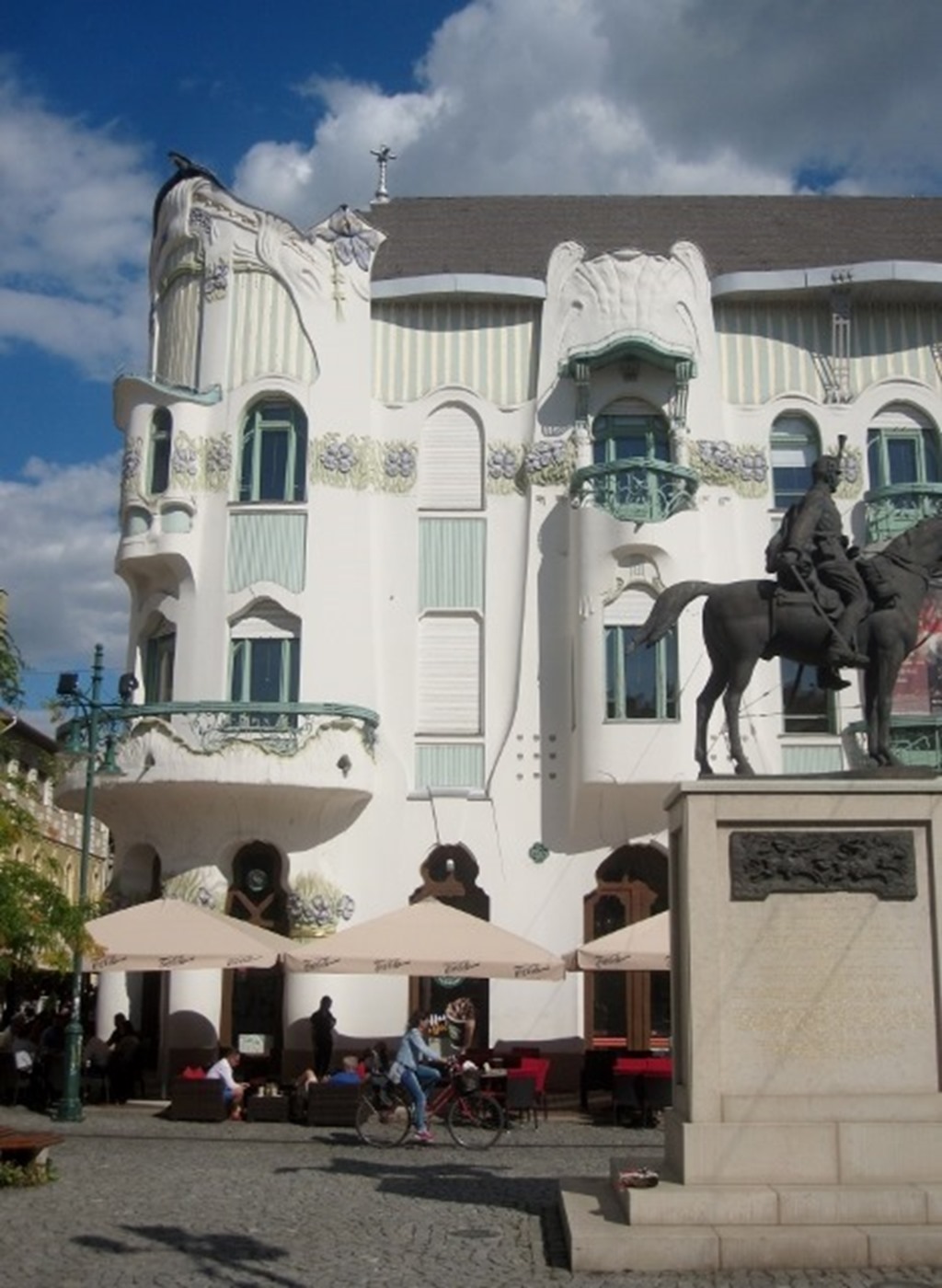
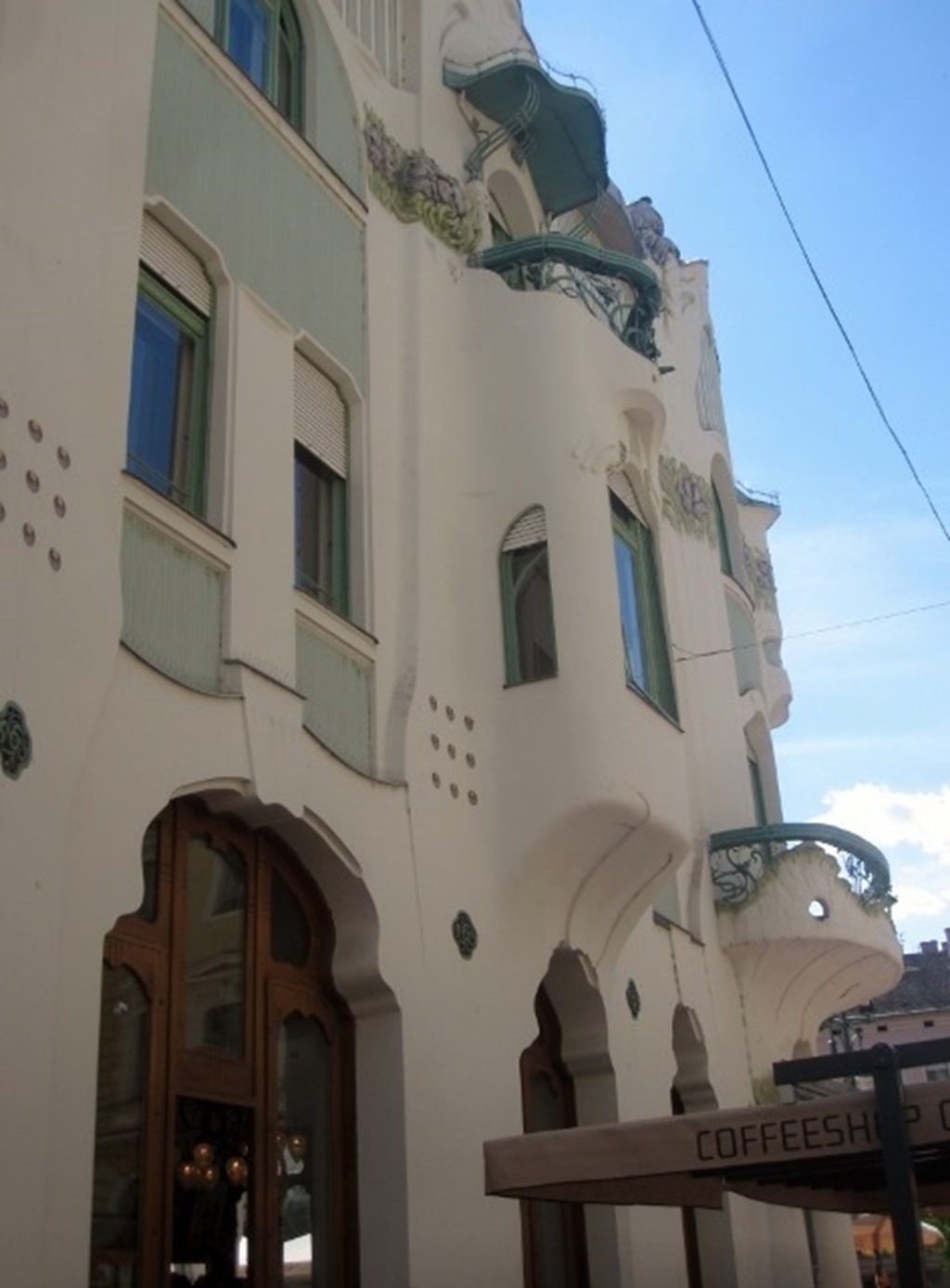
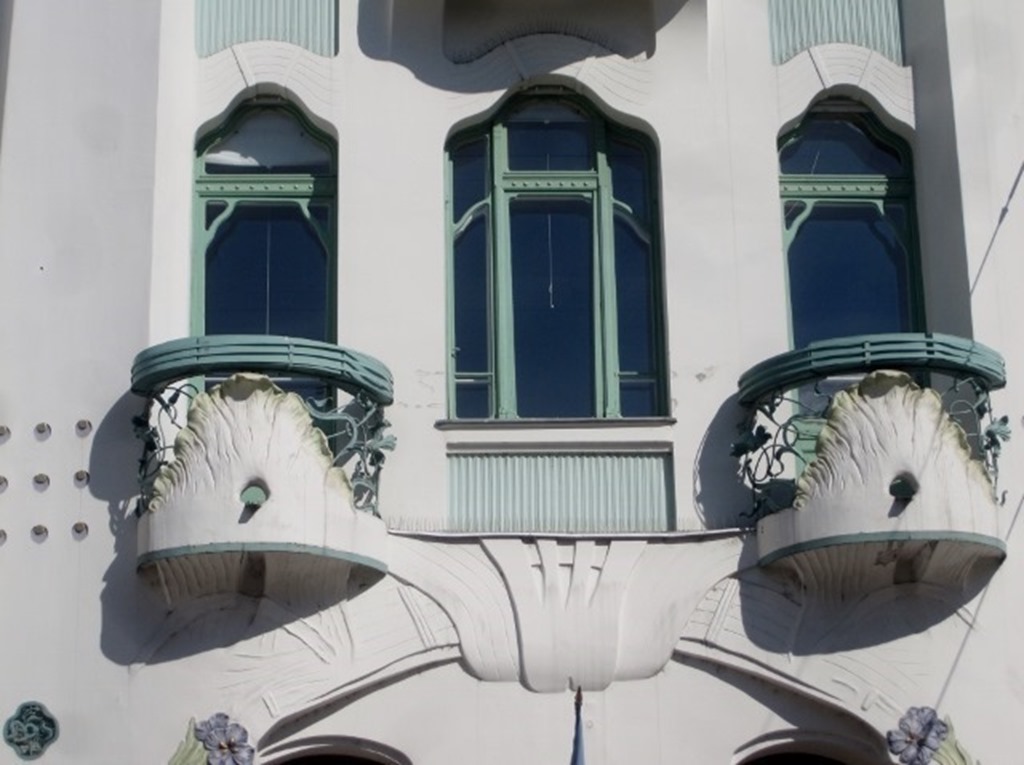
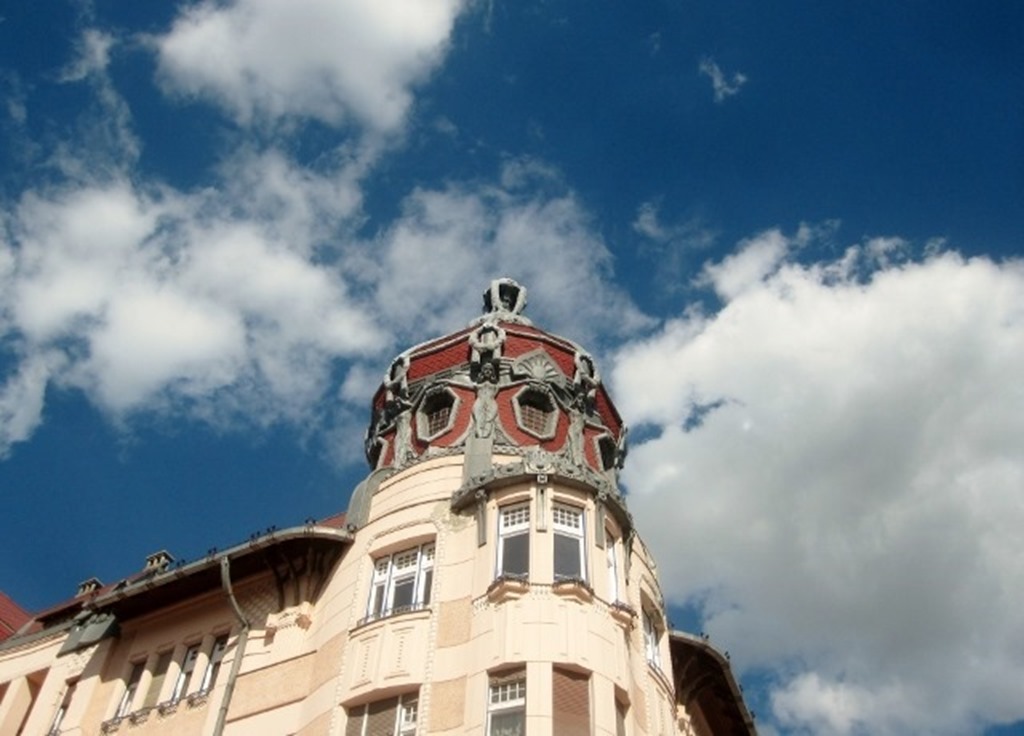
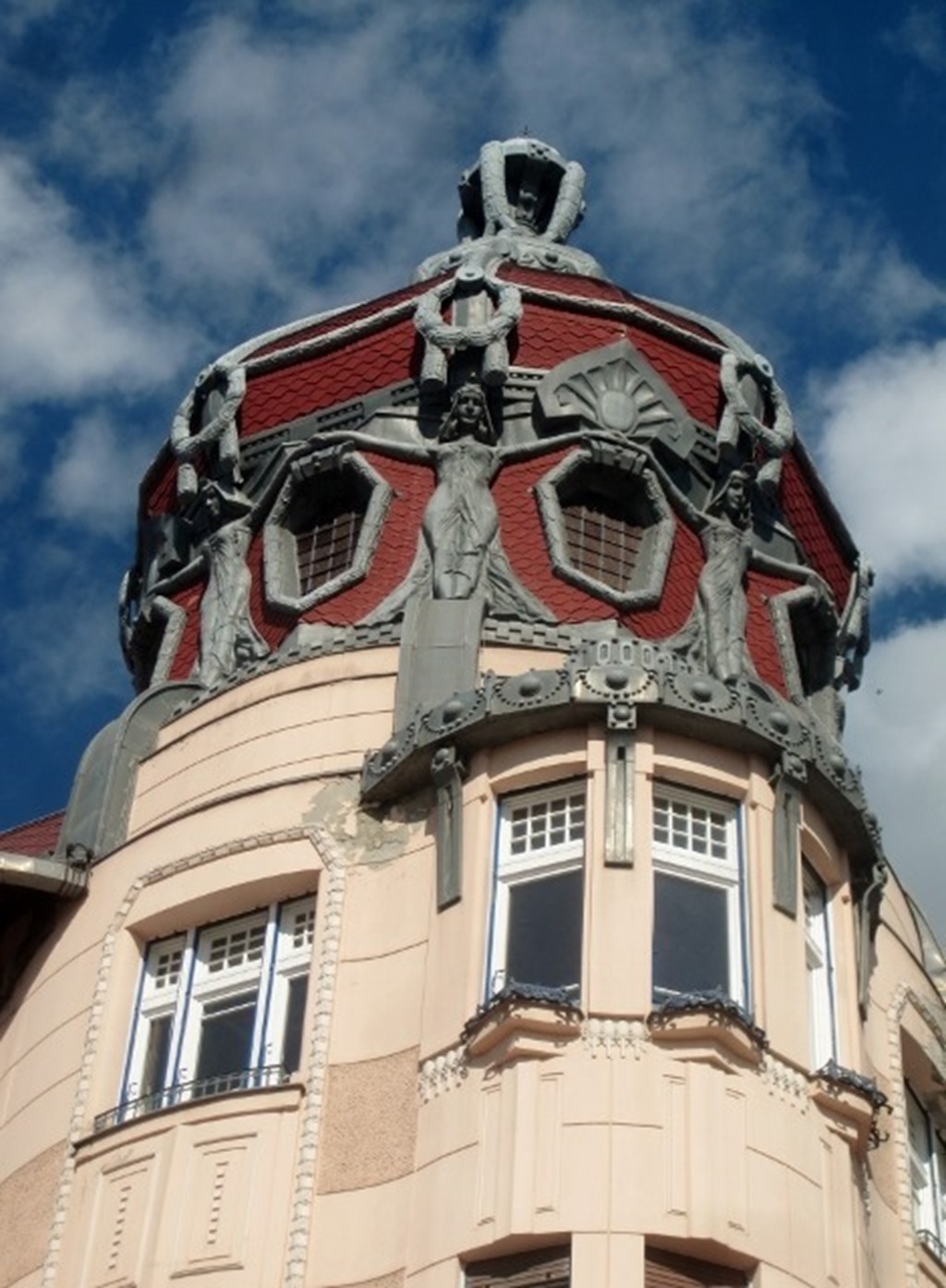
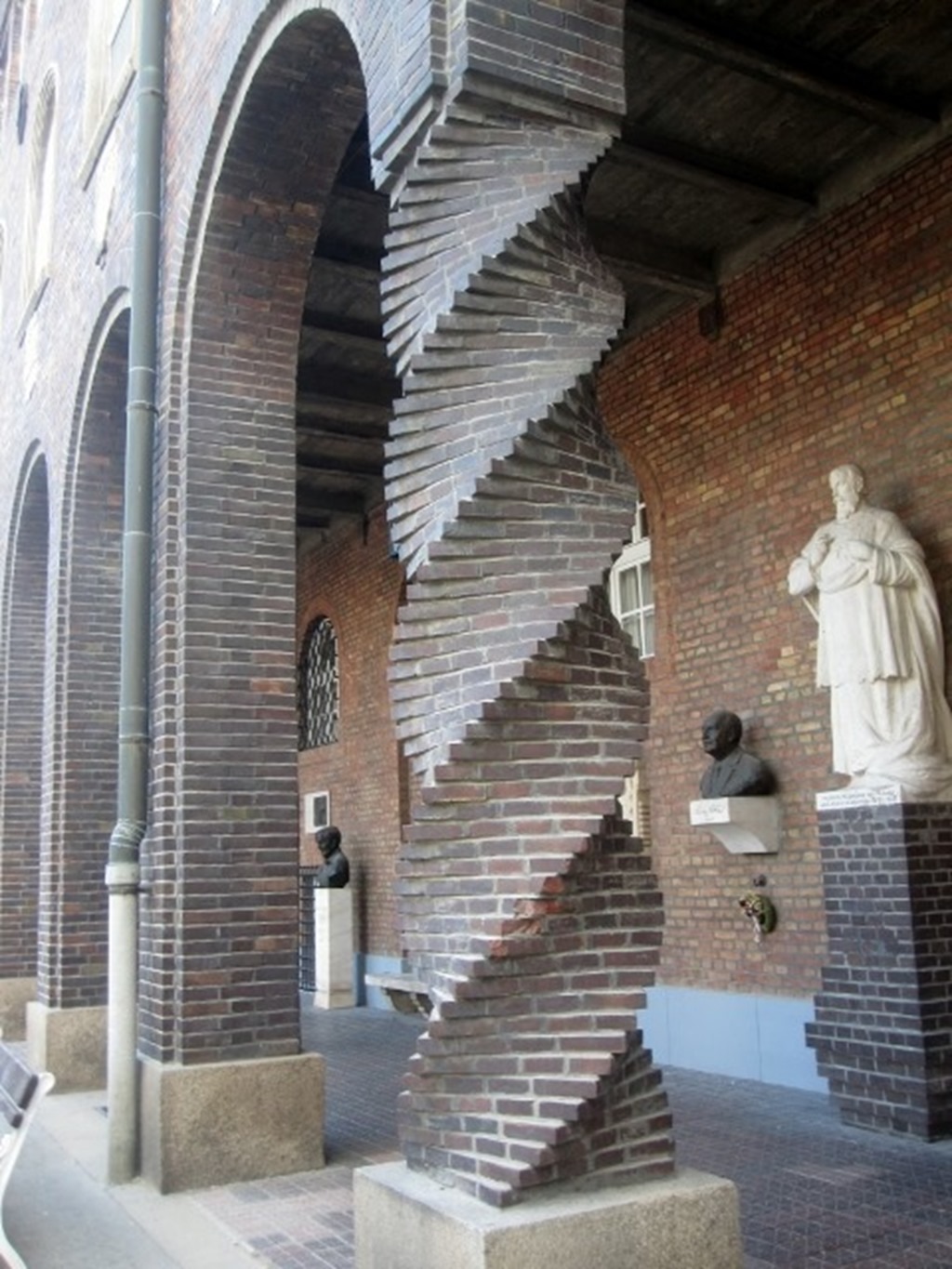
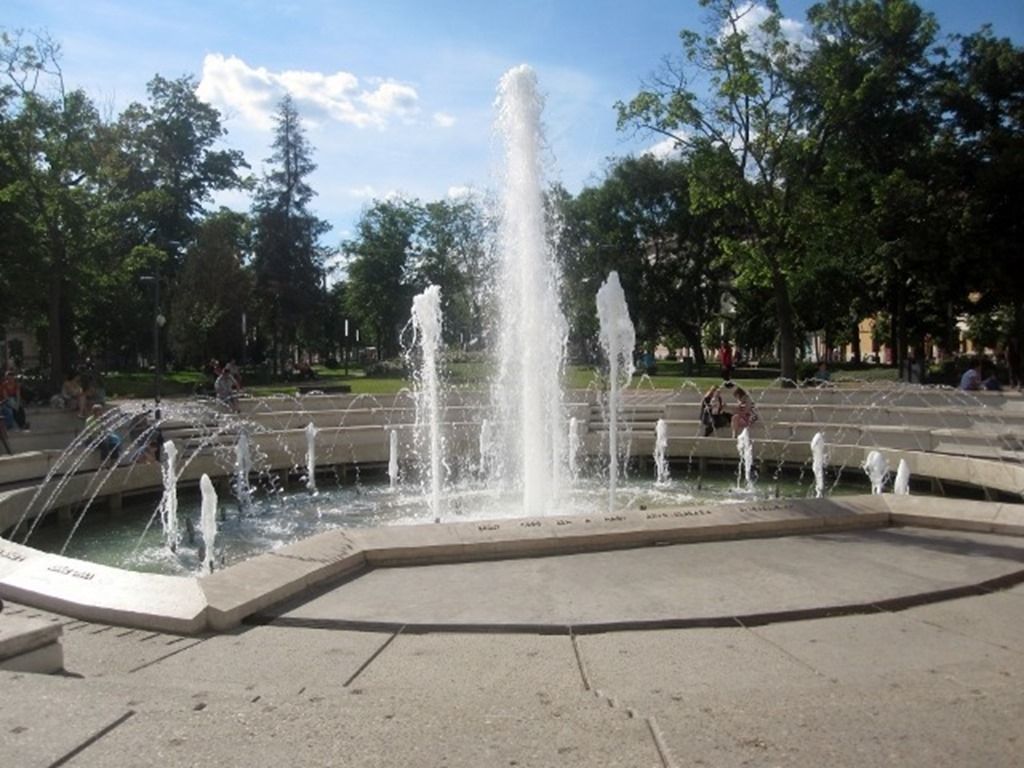
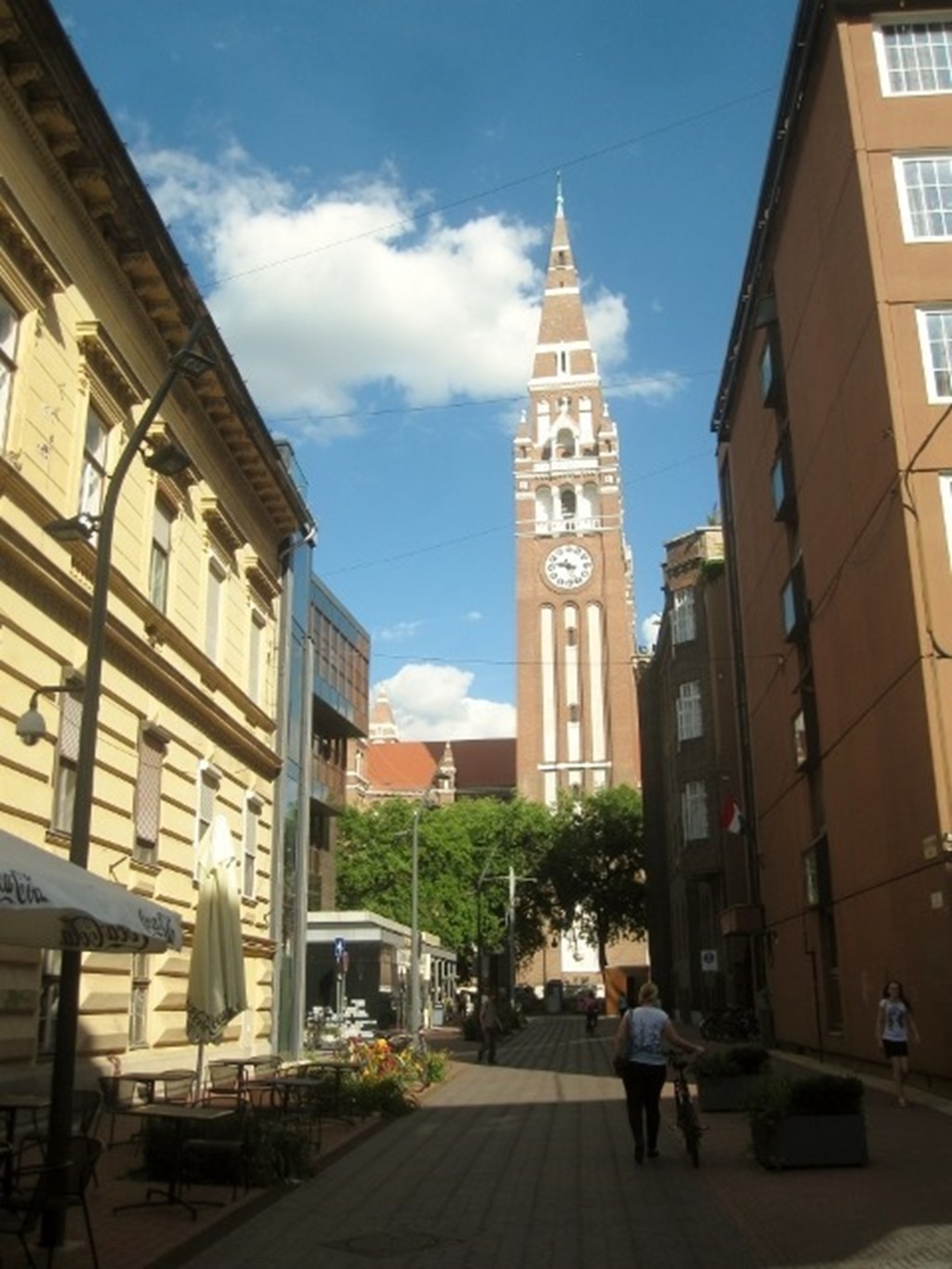
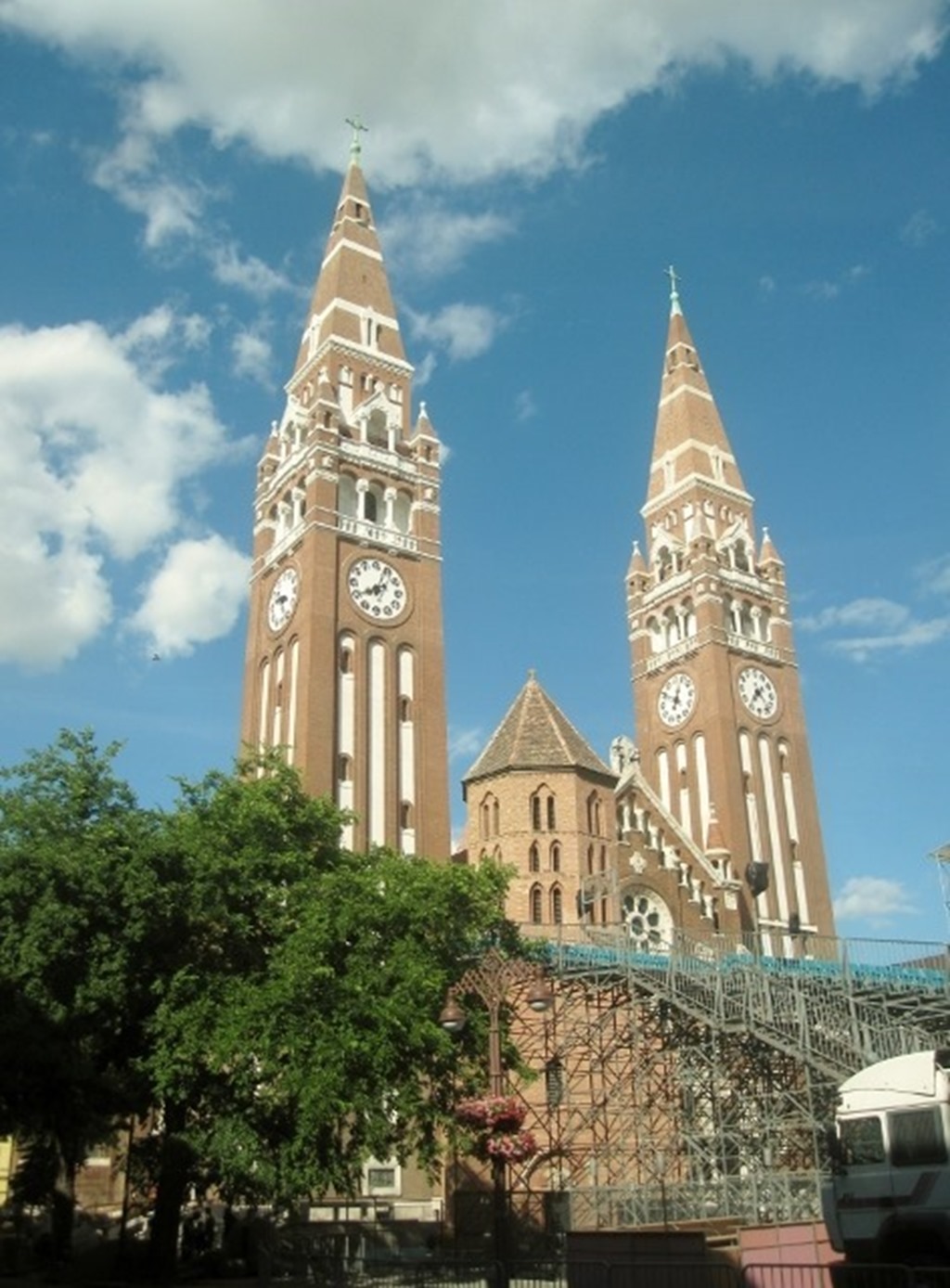
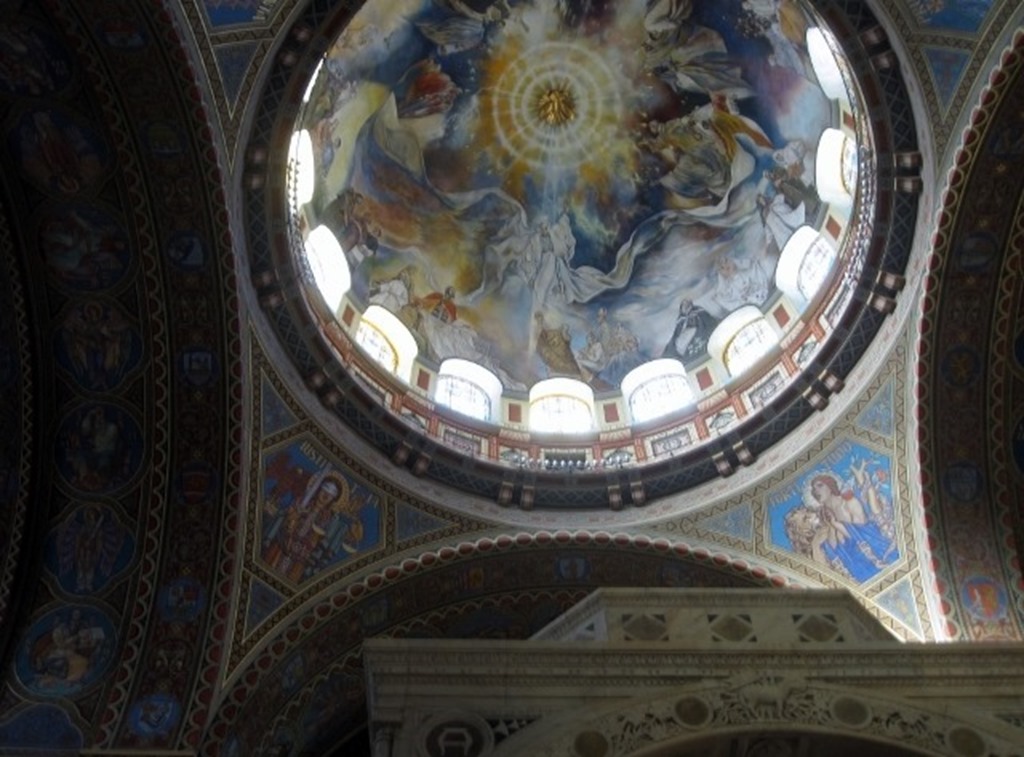






La fachada de la biblioteca una pasada y la sinagoga no digamos,
Se nota que le gustaba el arte, todos los edificios es artesanía total, por lo menos a mi me gusta cantidad, parece una ciudad muy señorial .
Es impresionante, me recordó a Gaudi